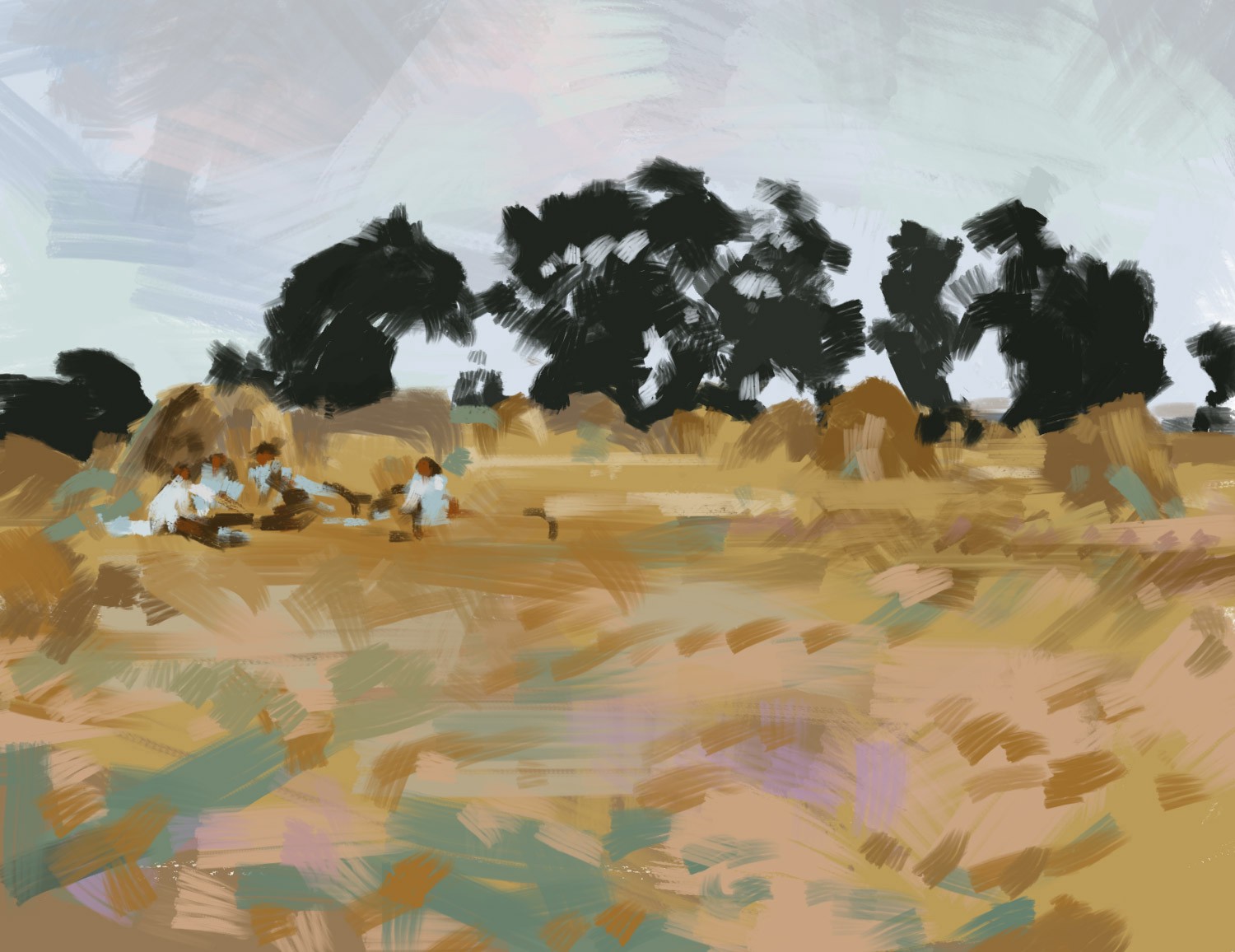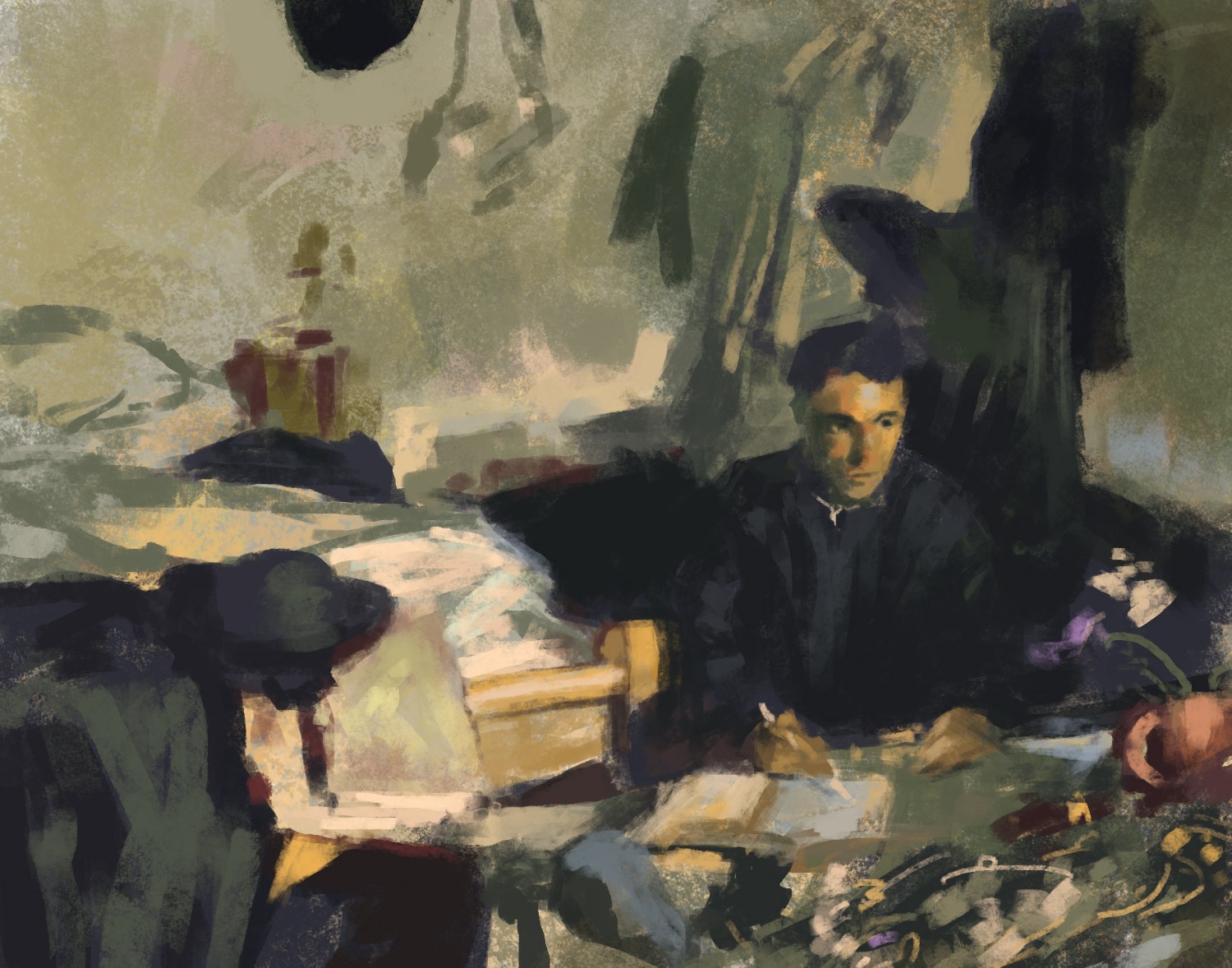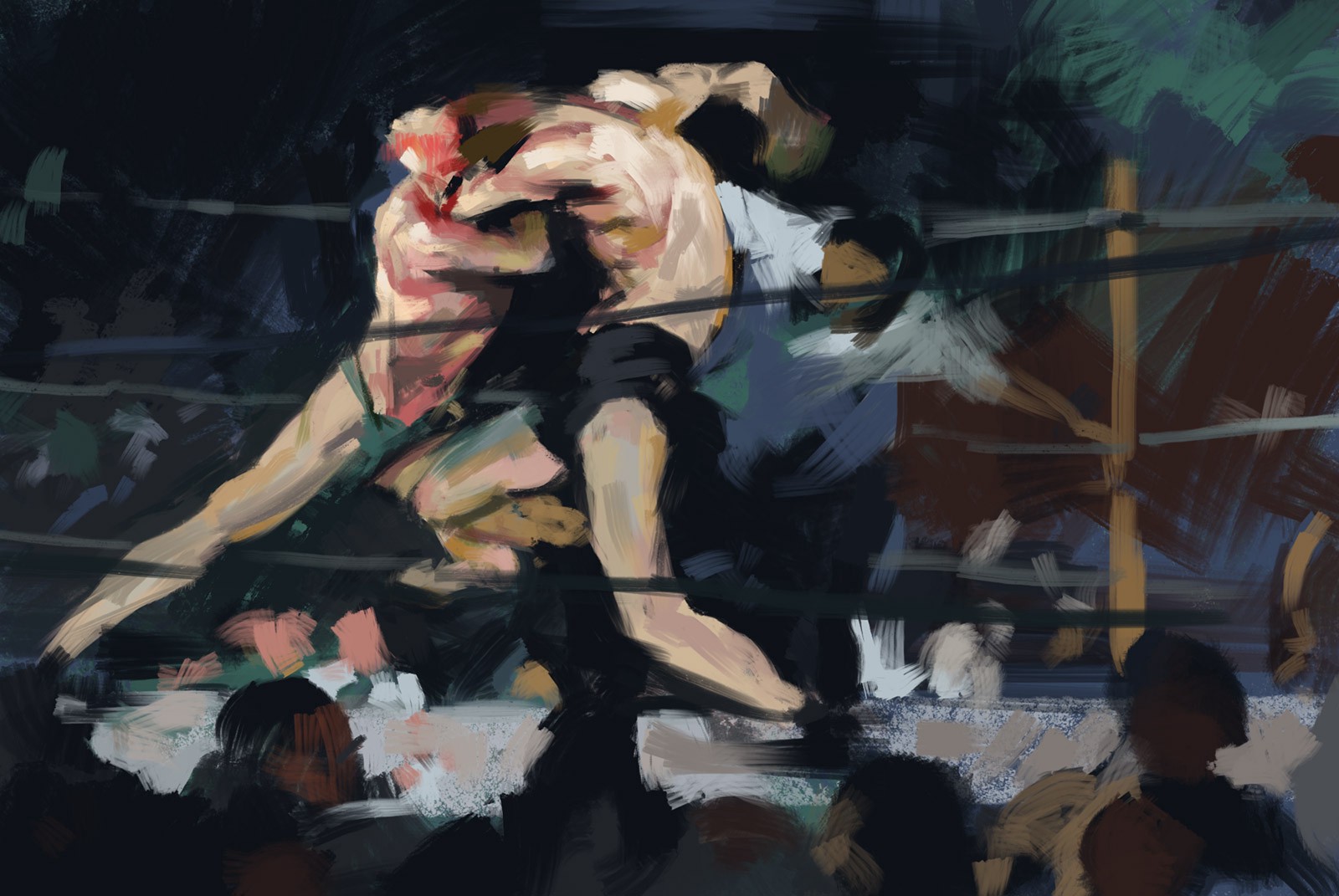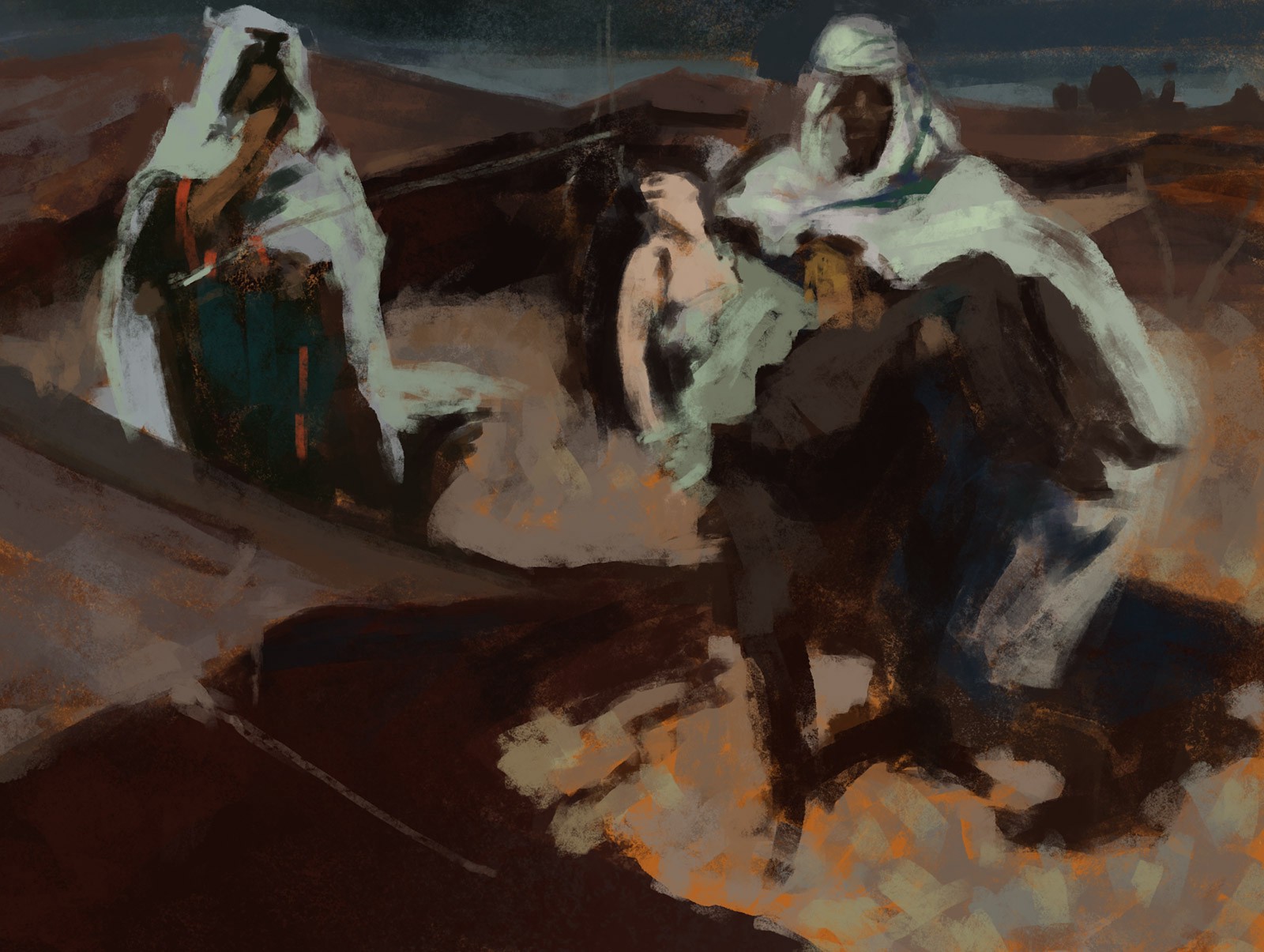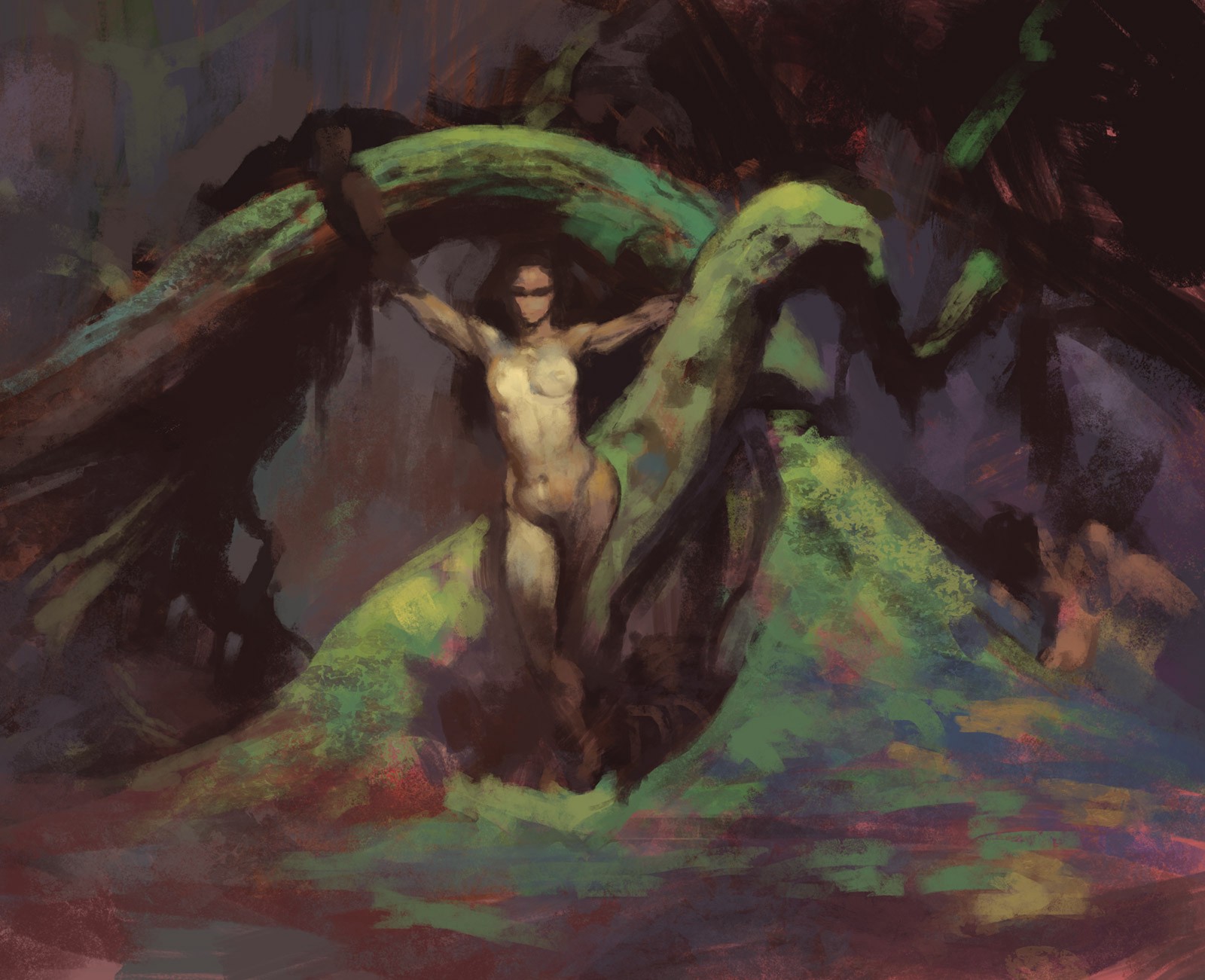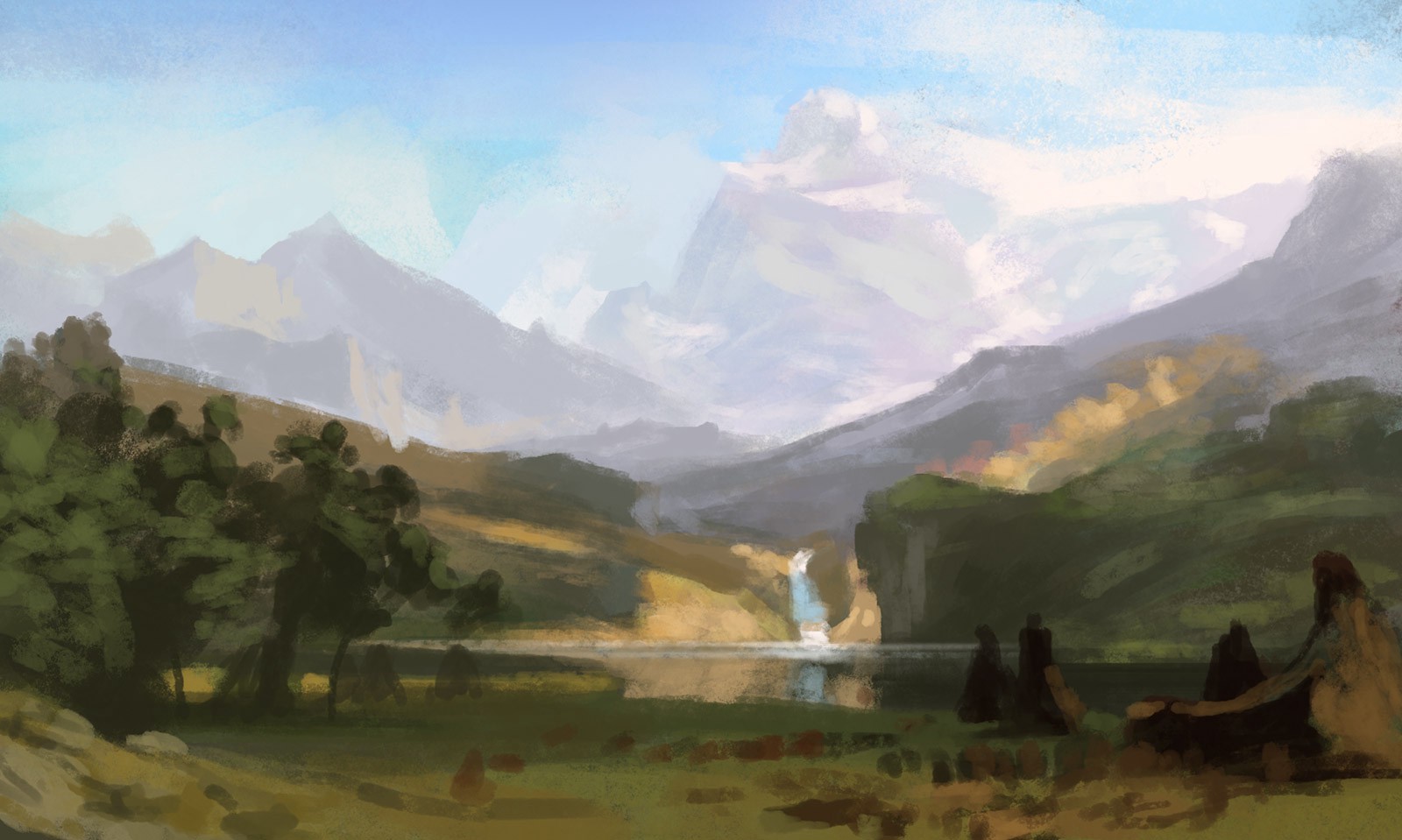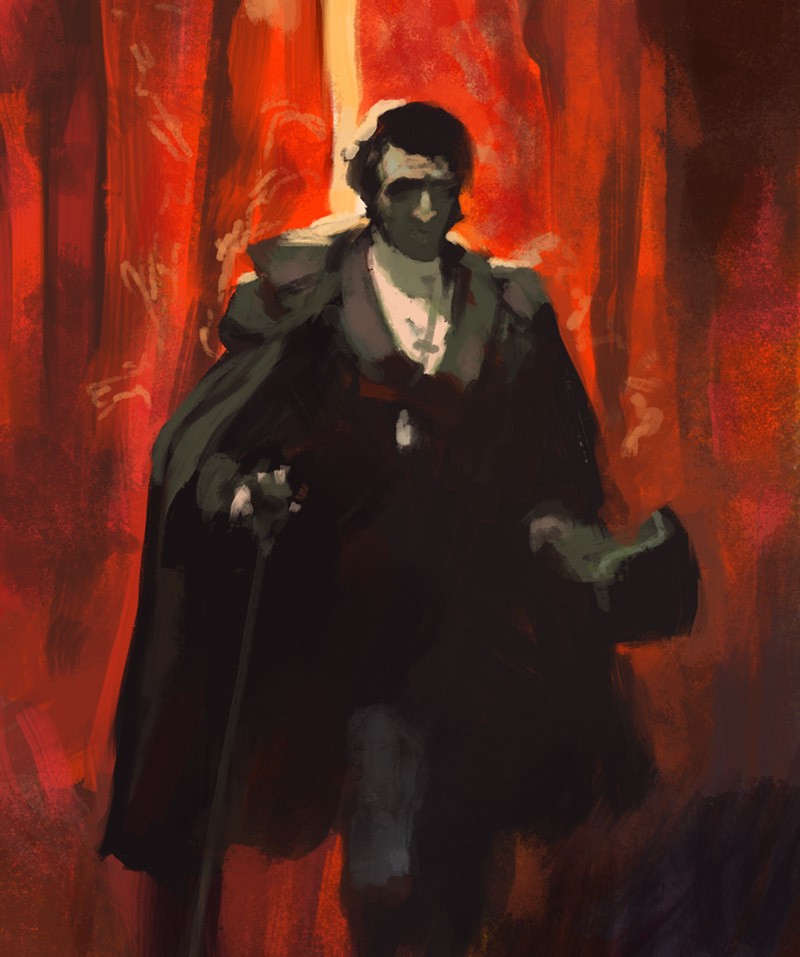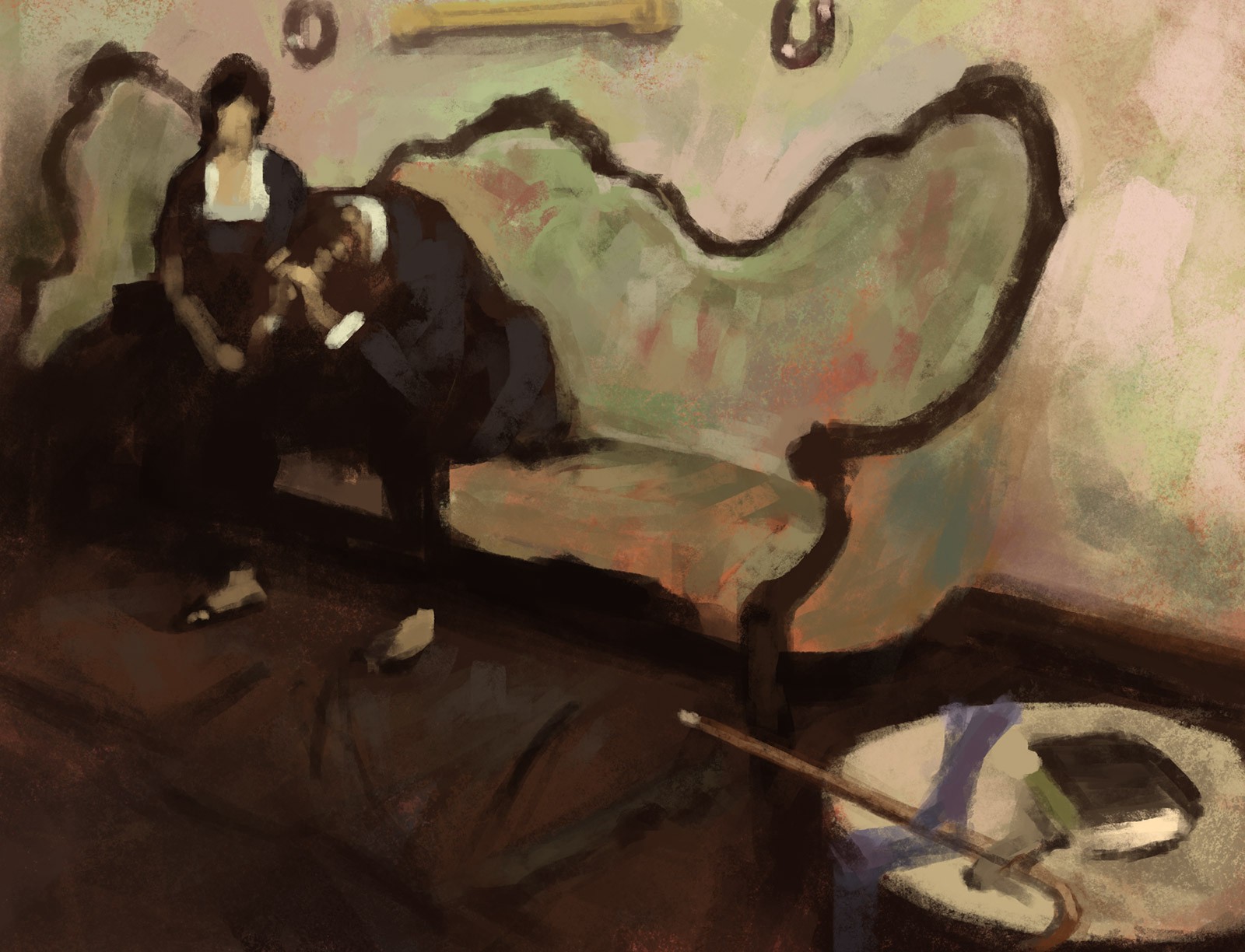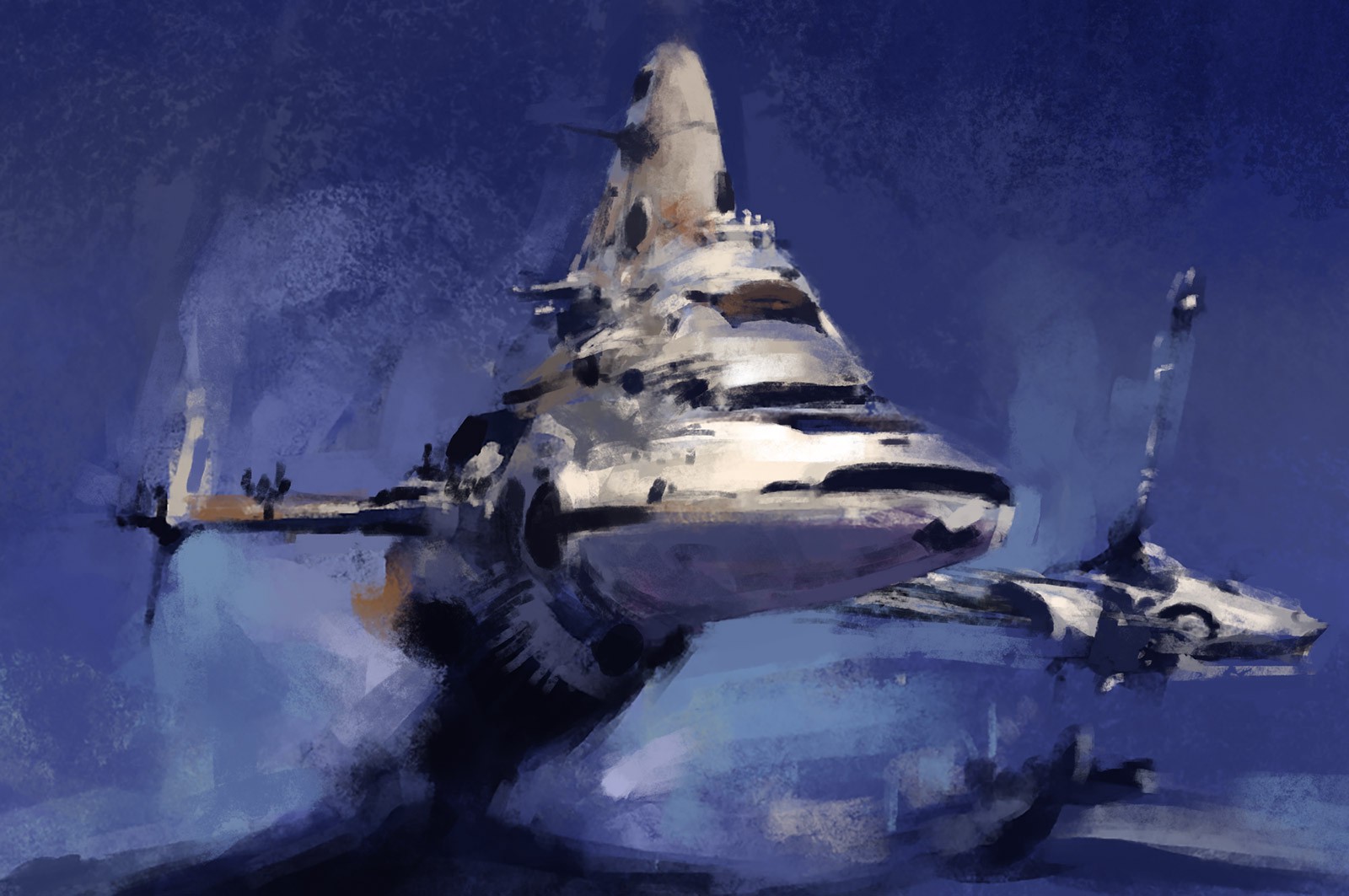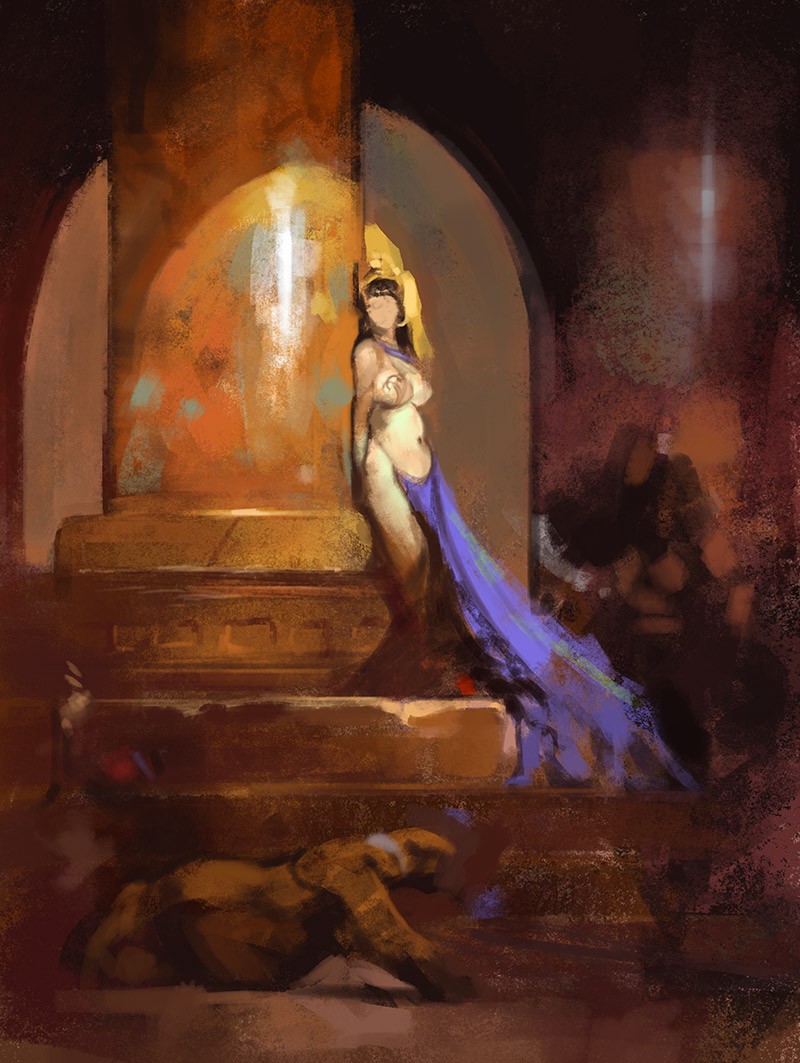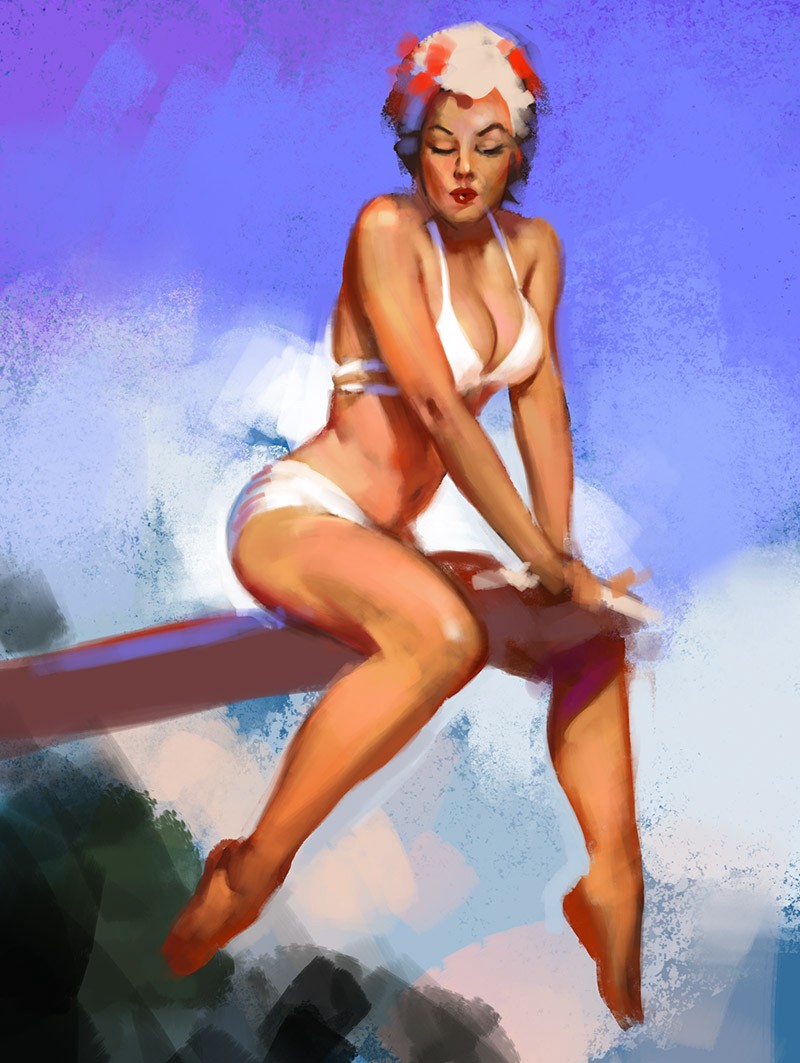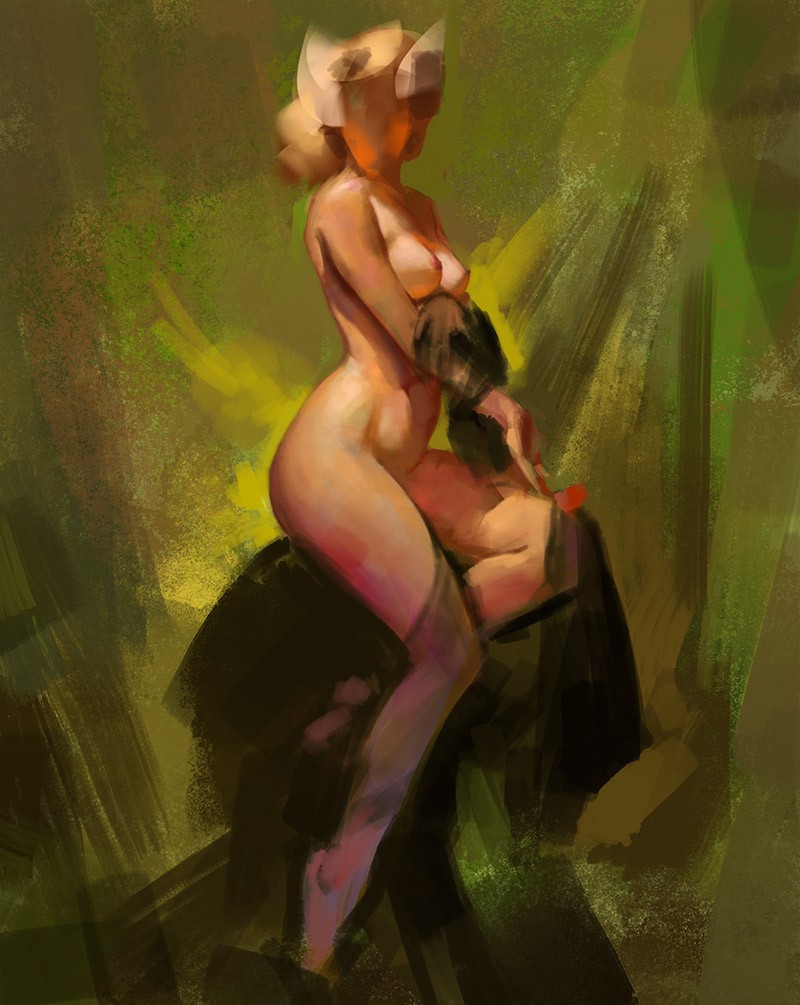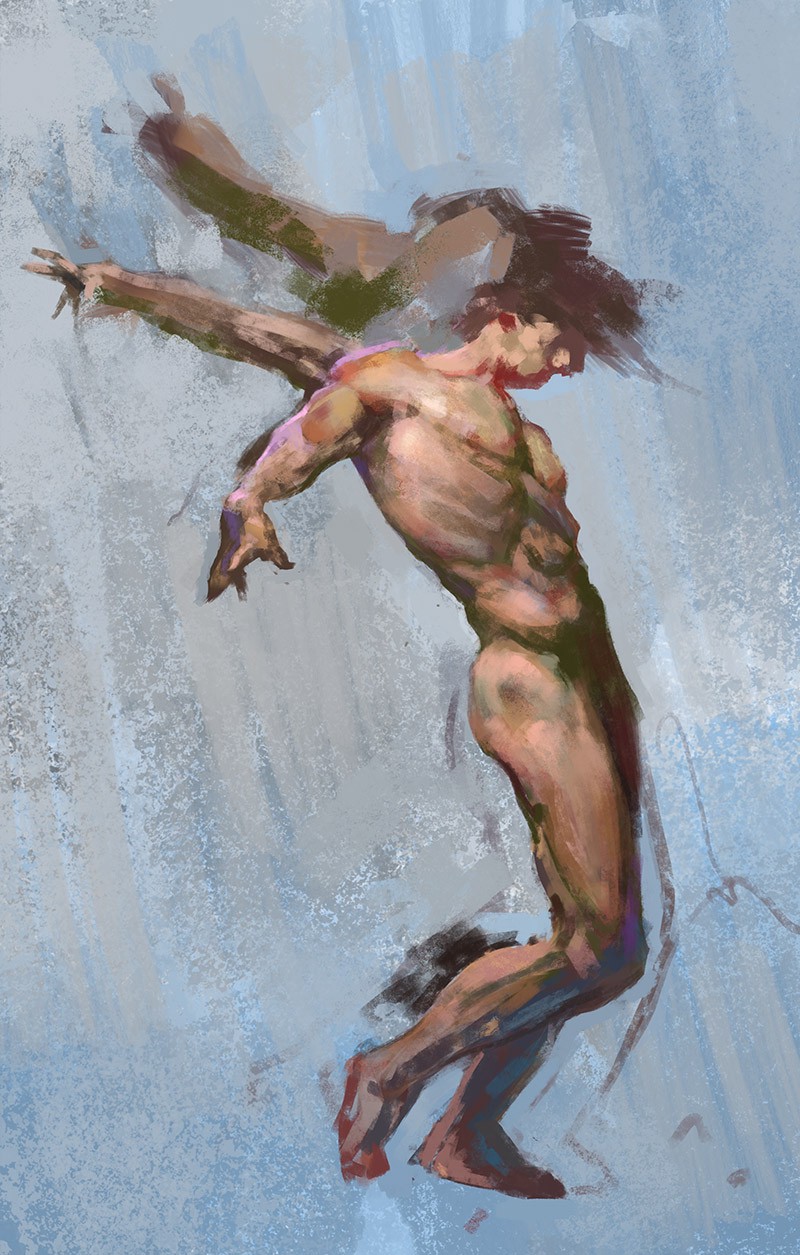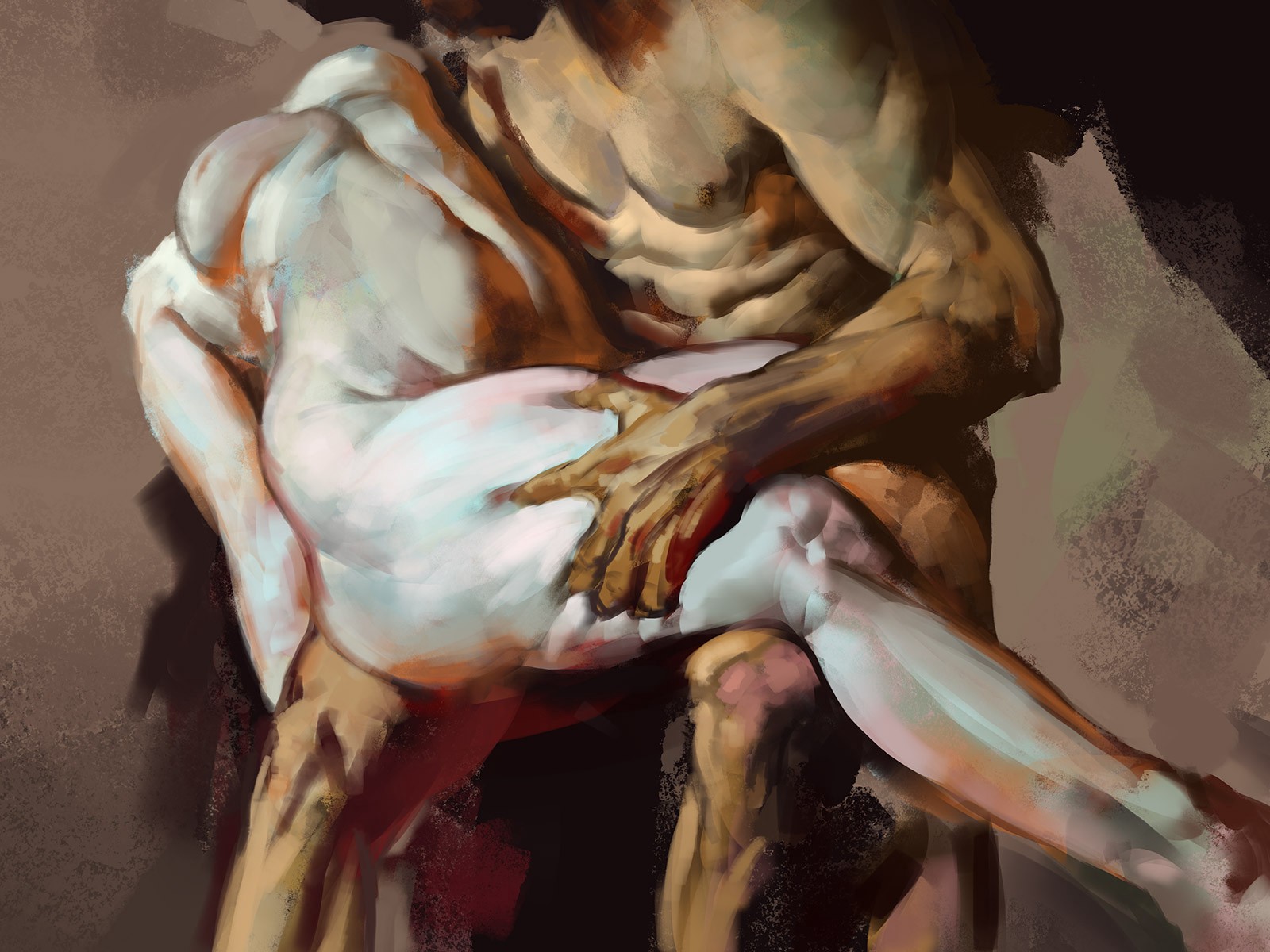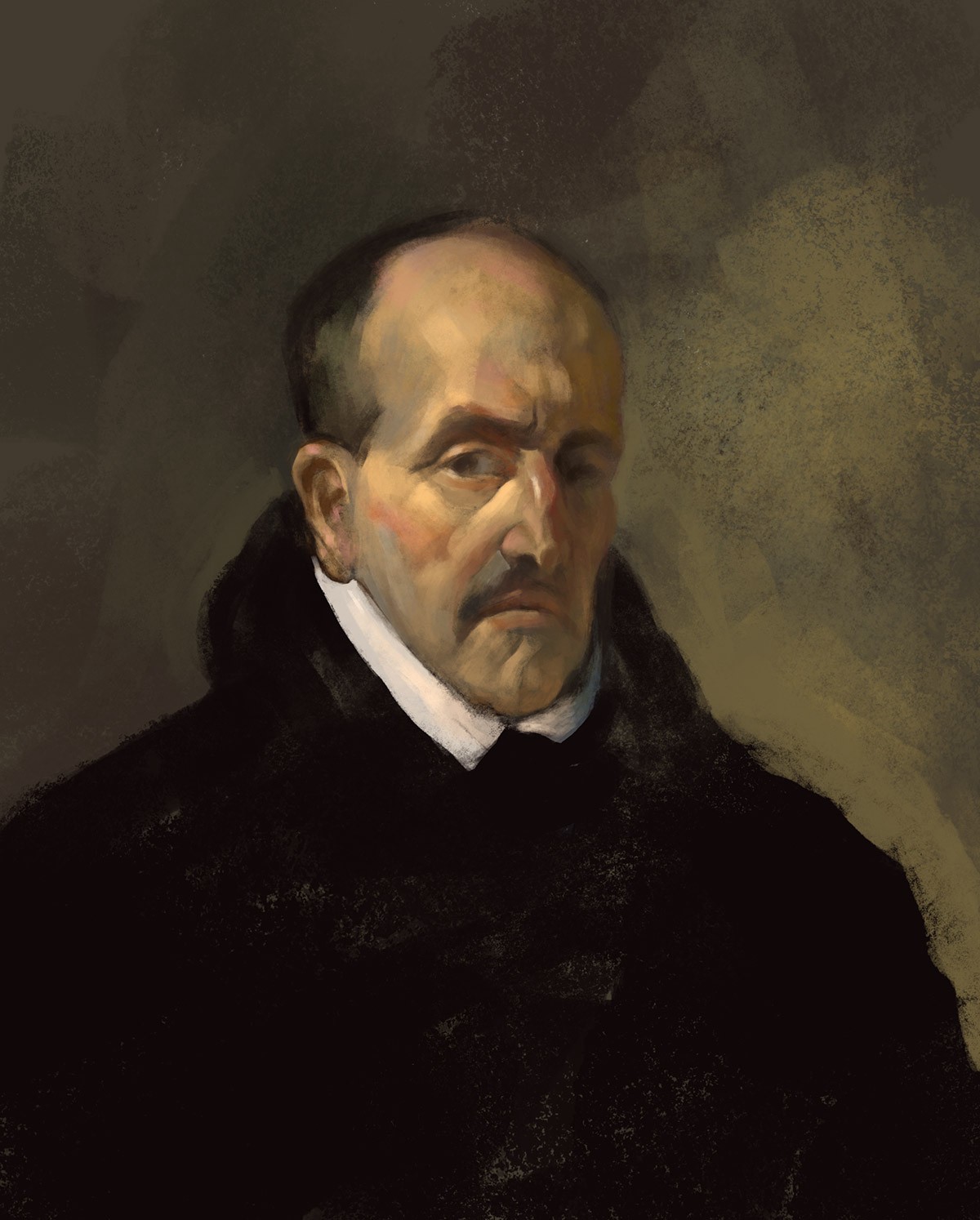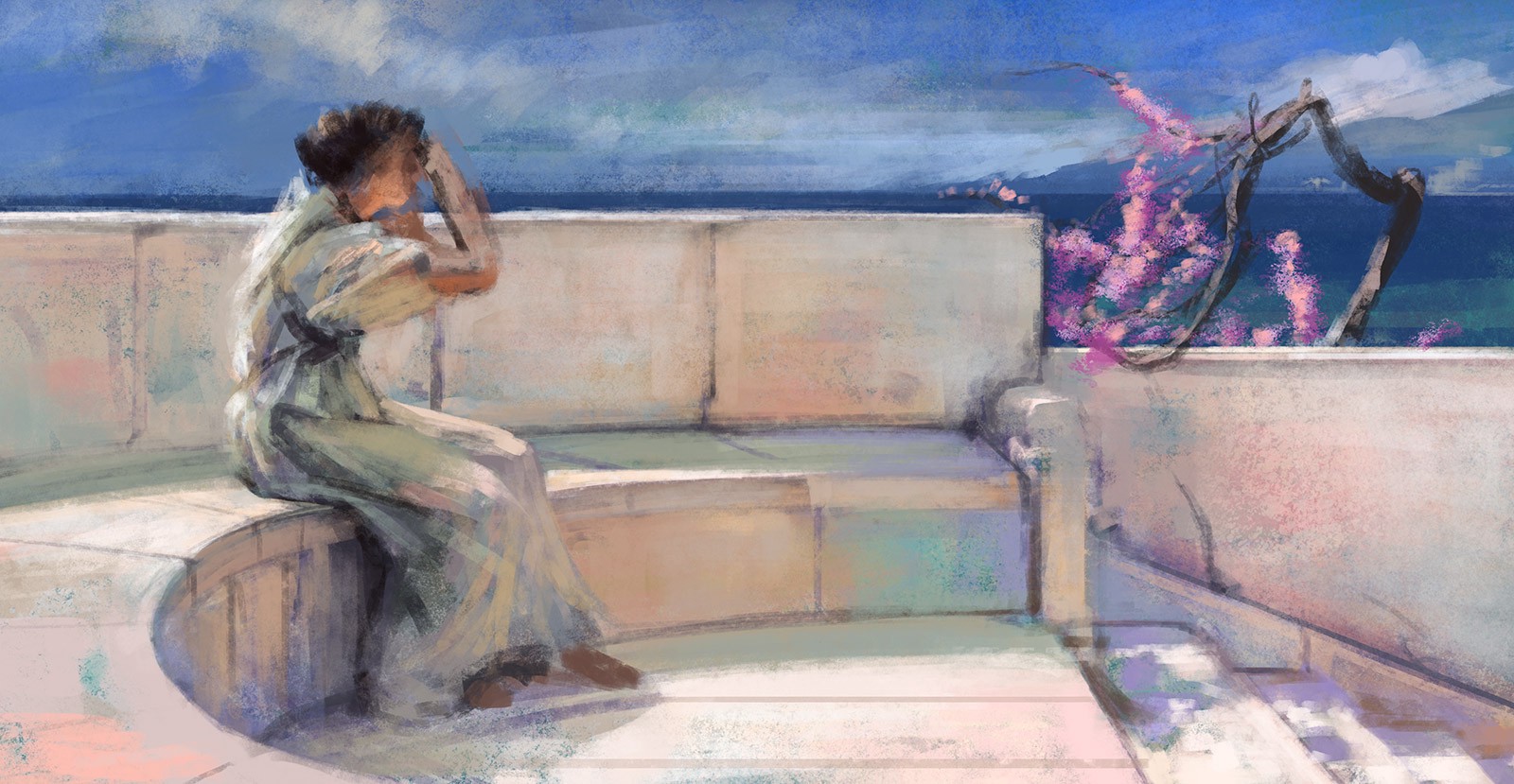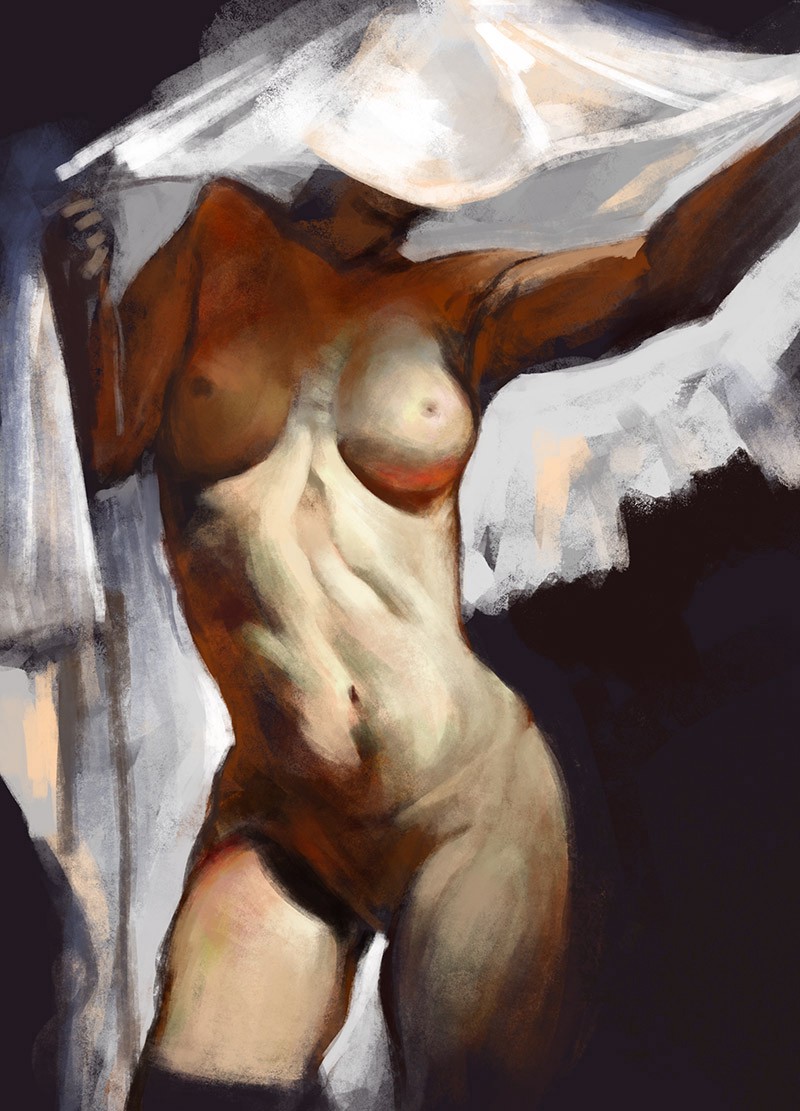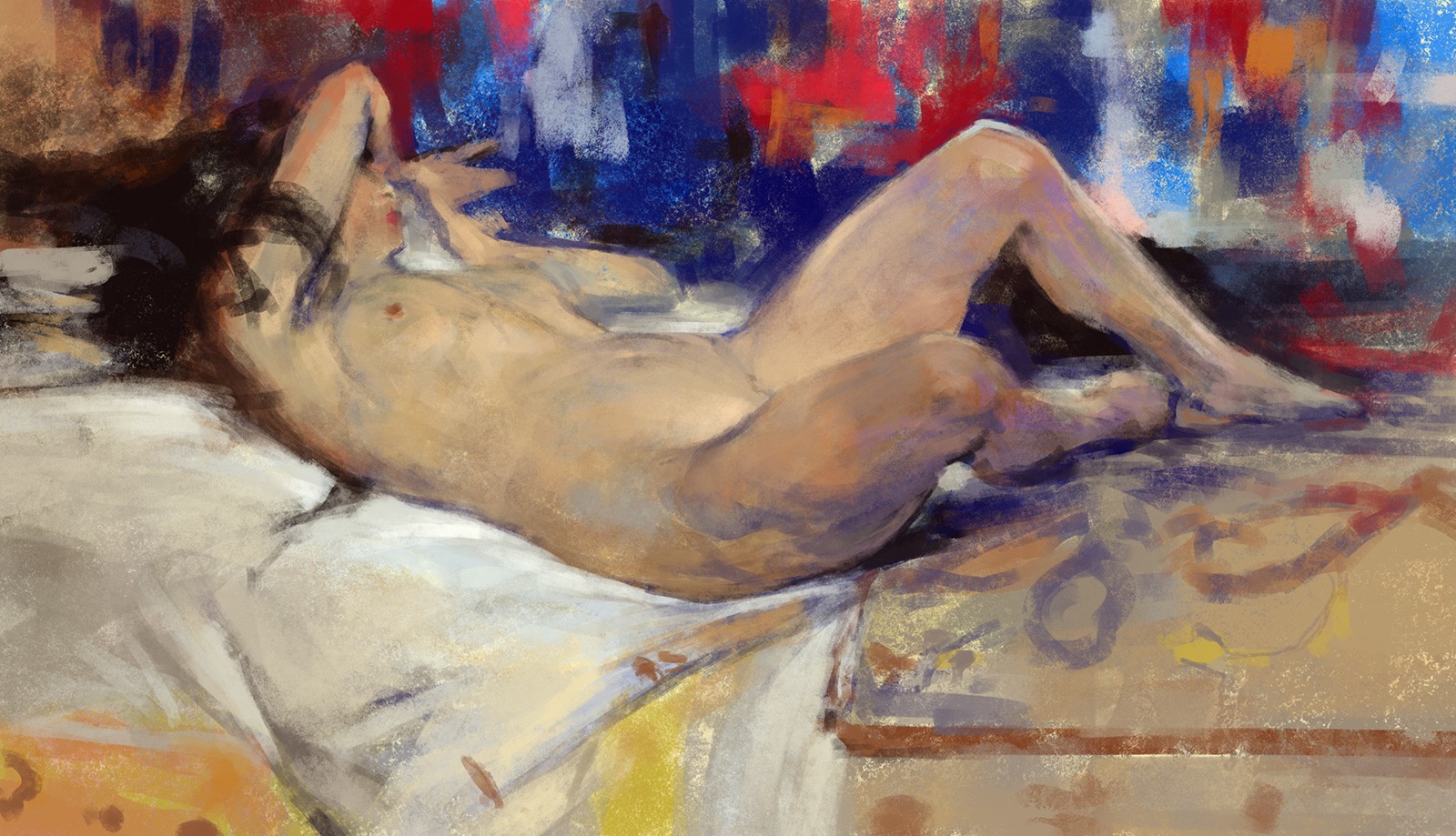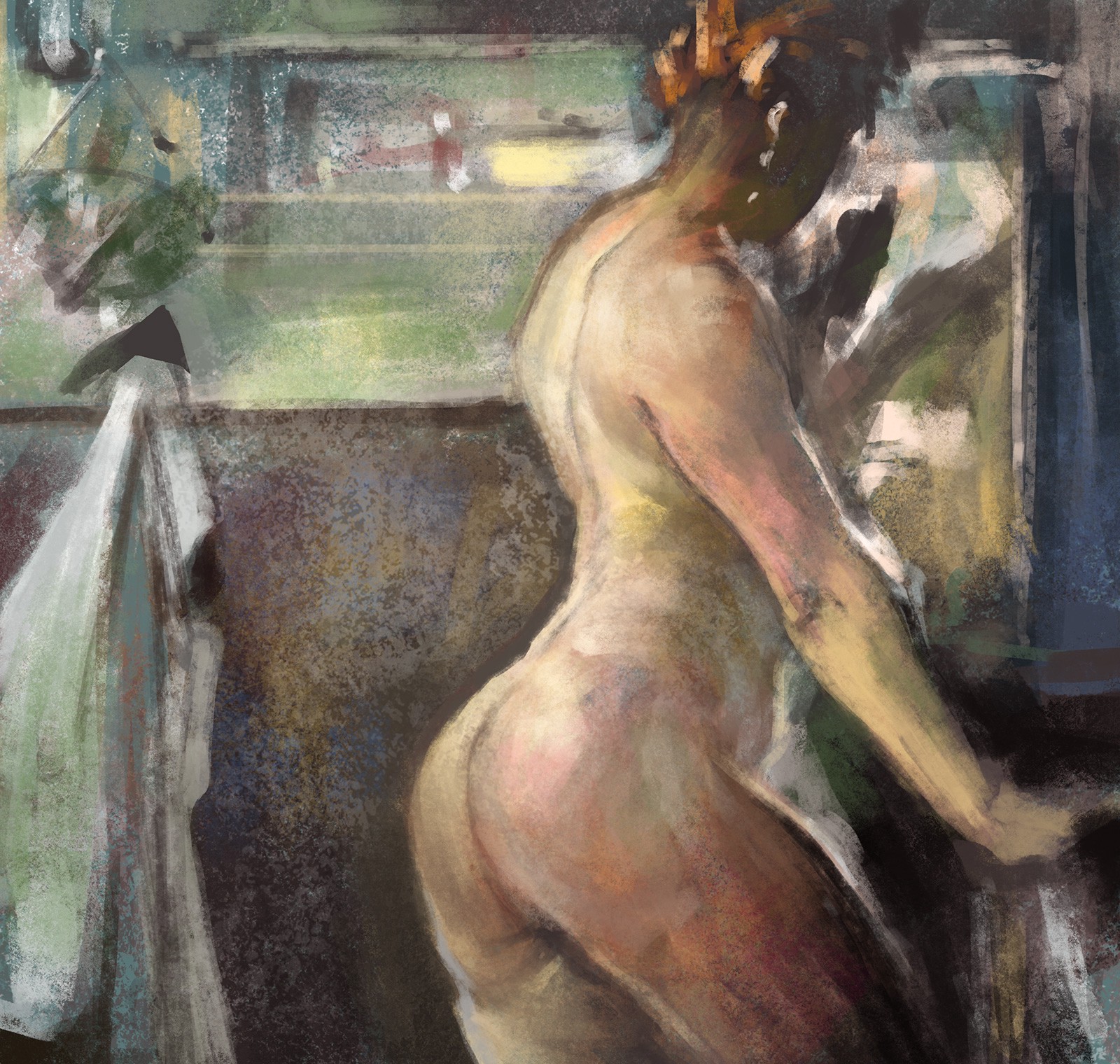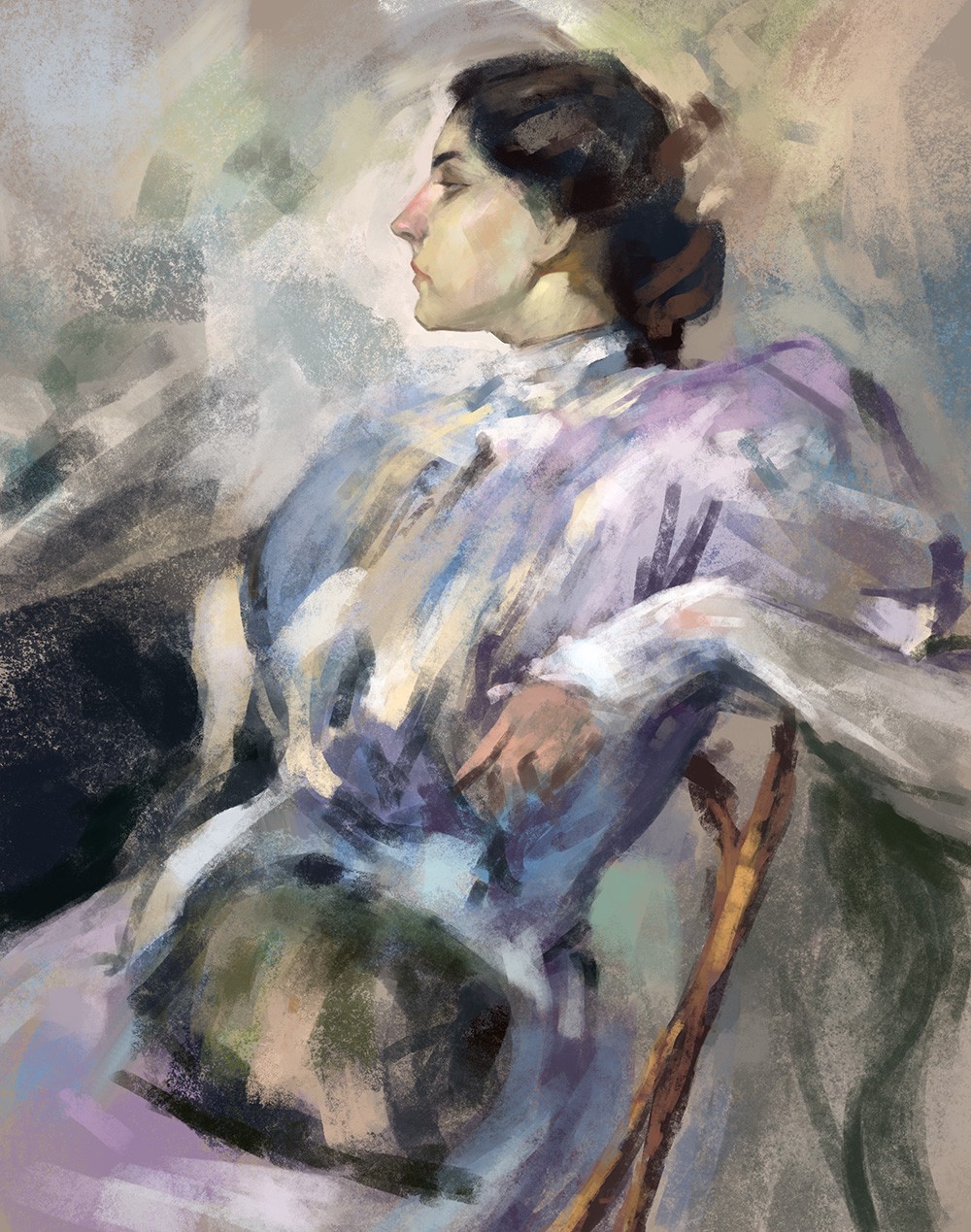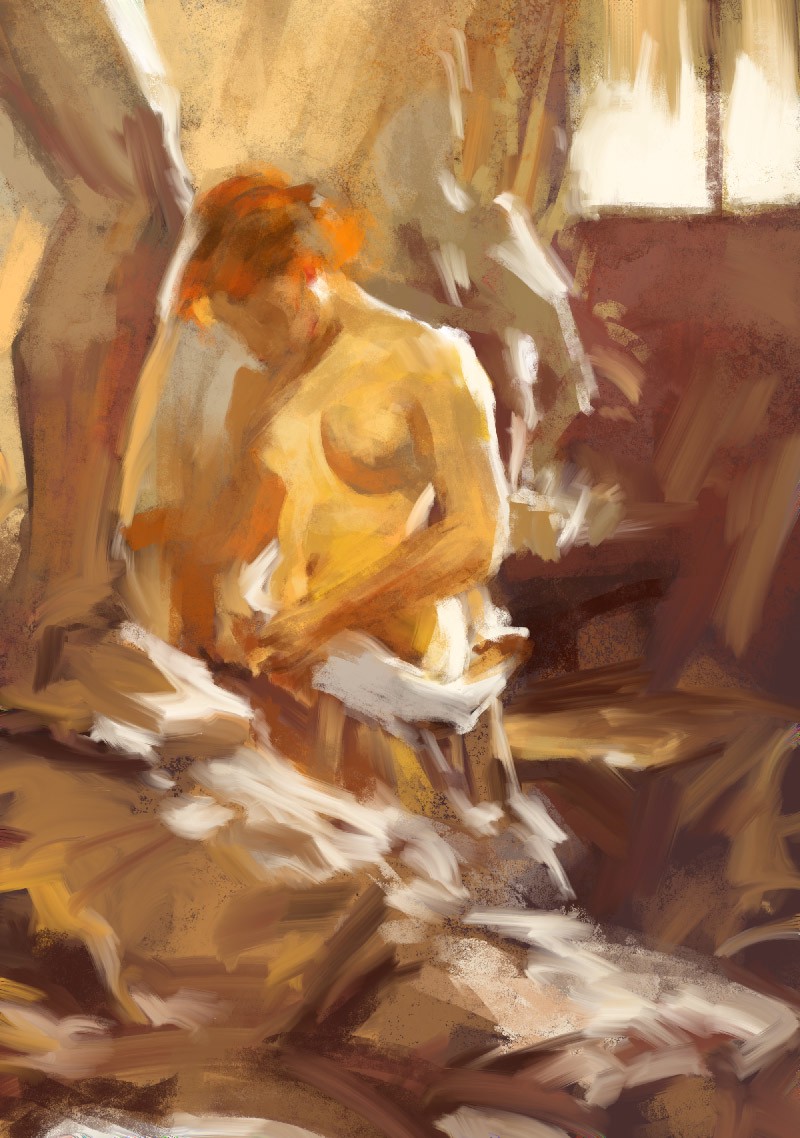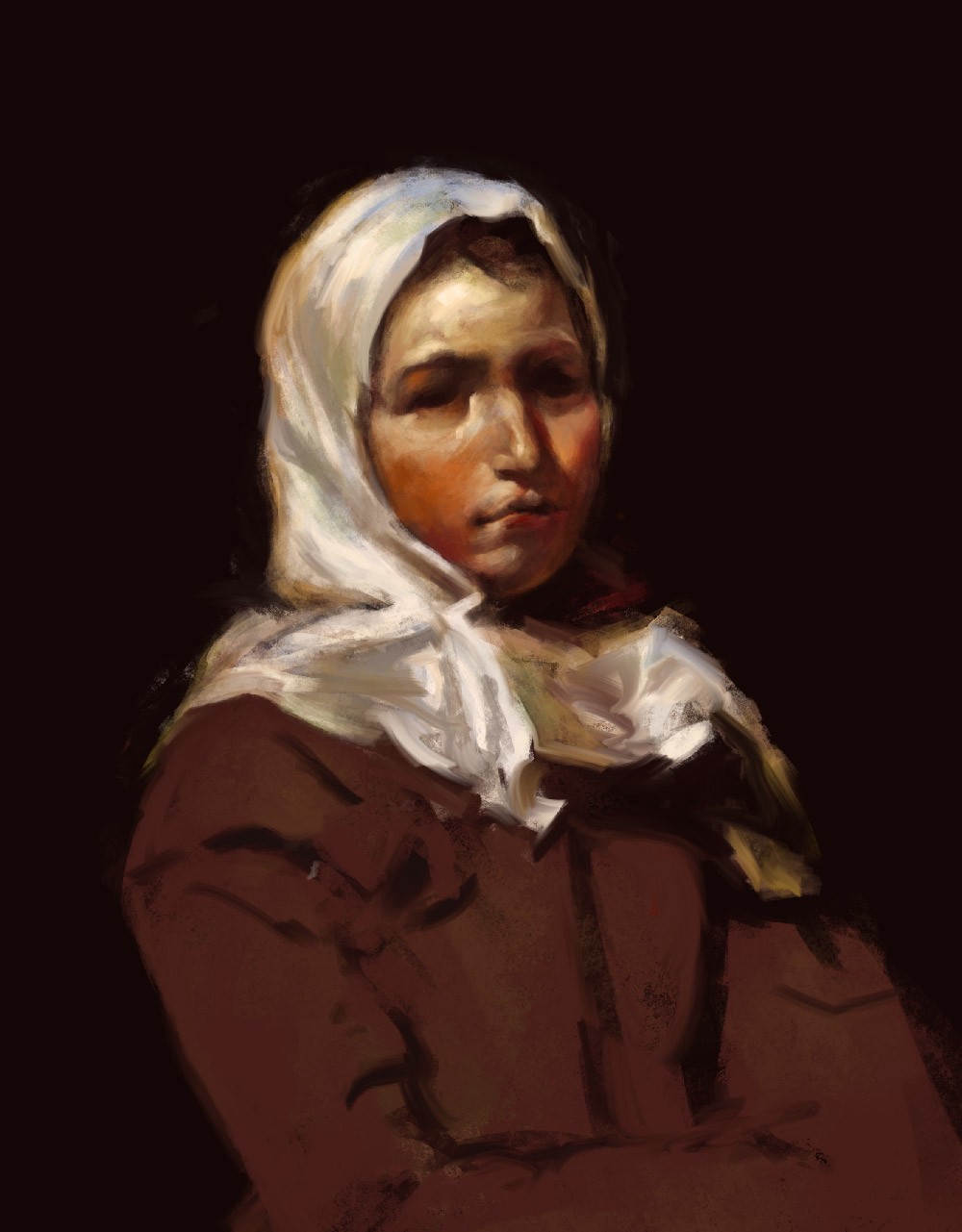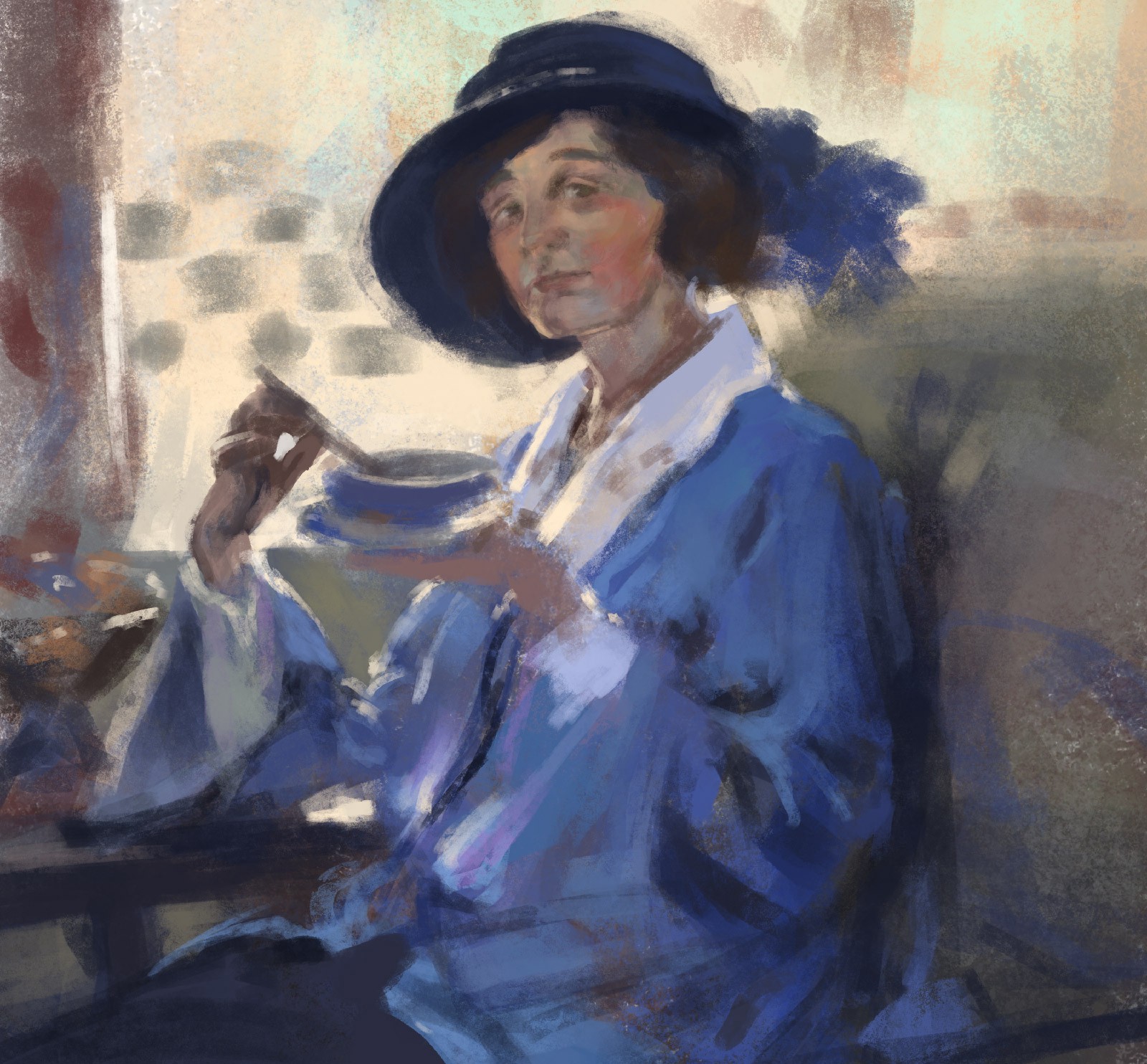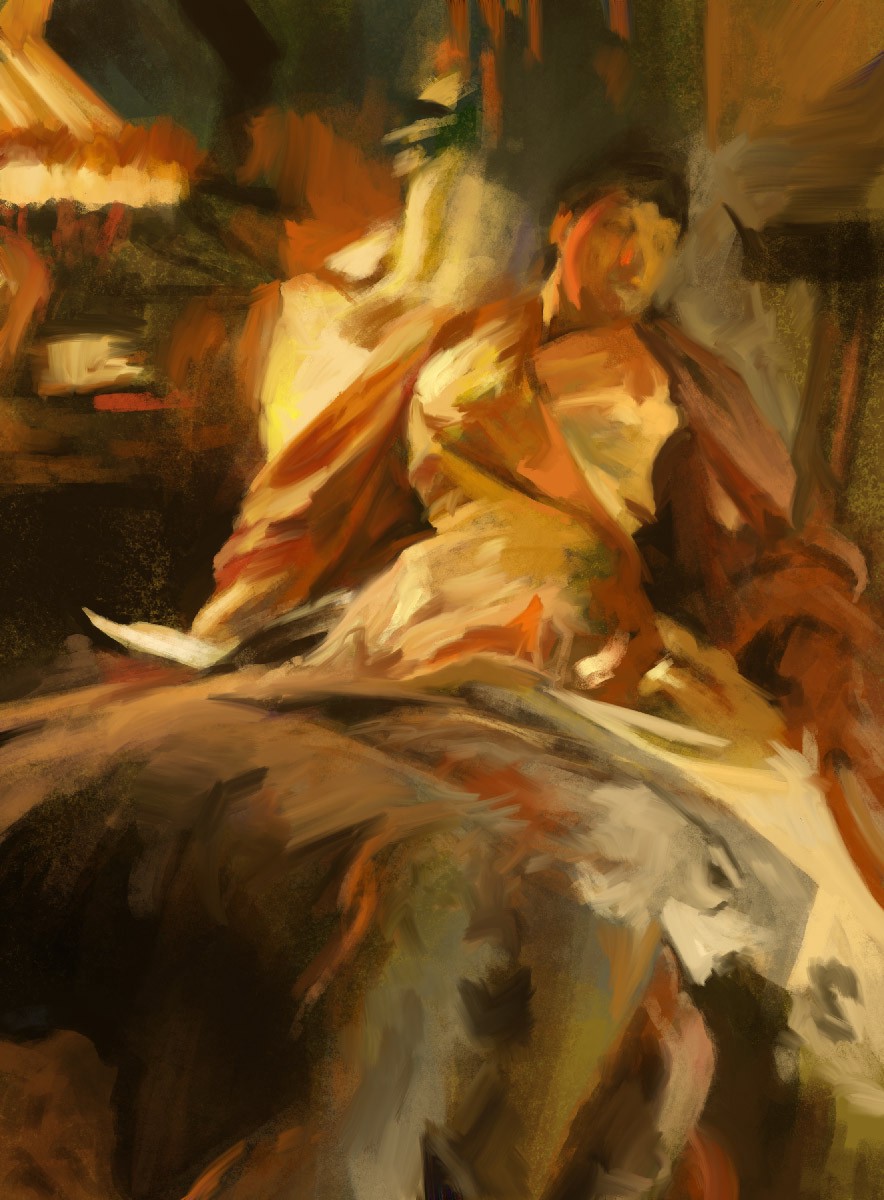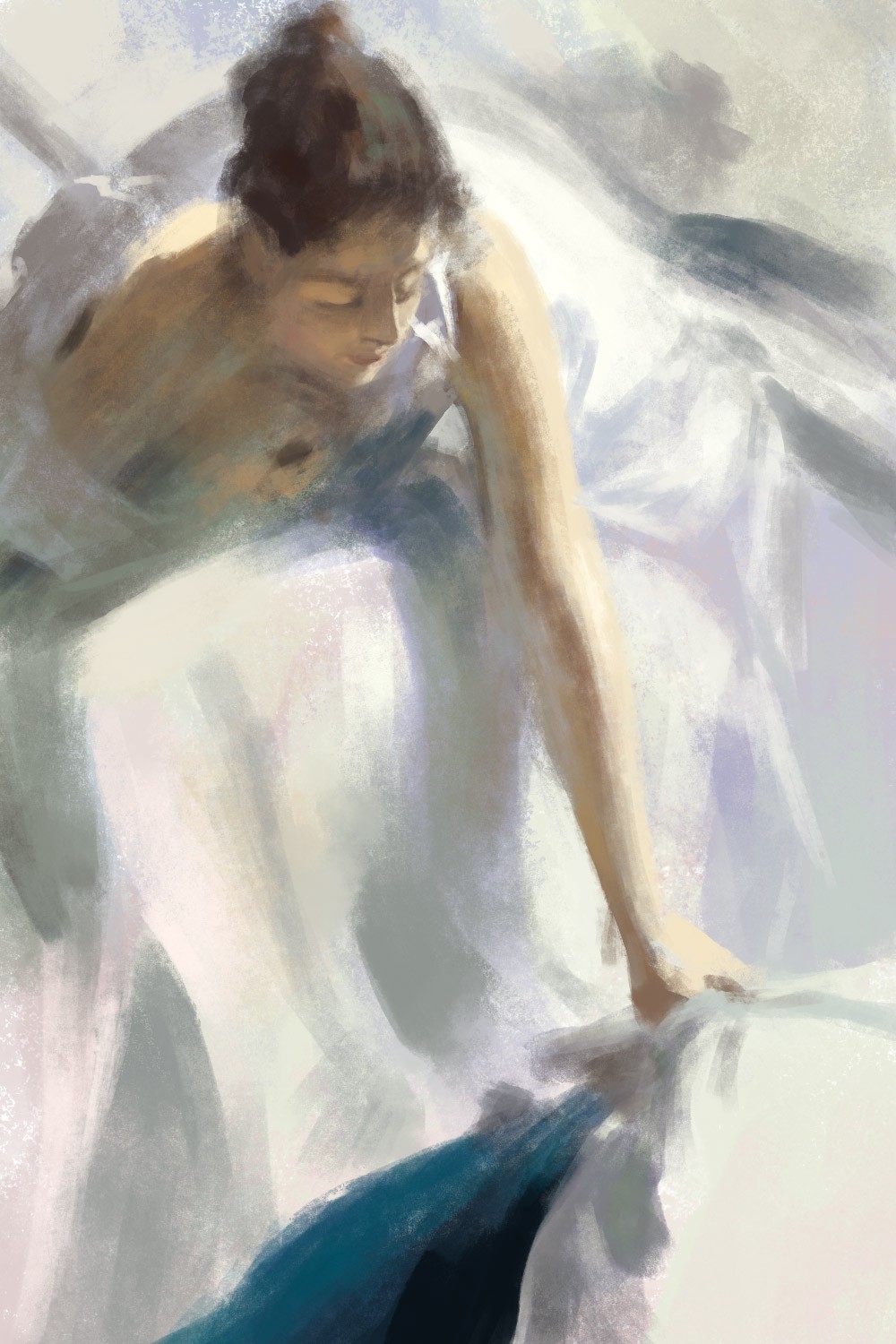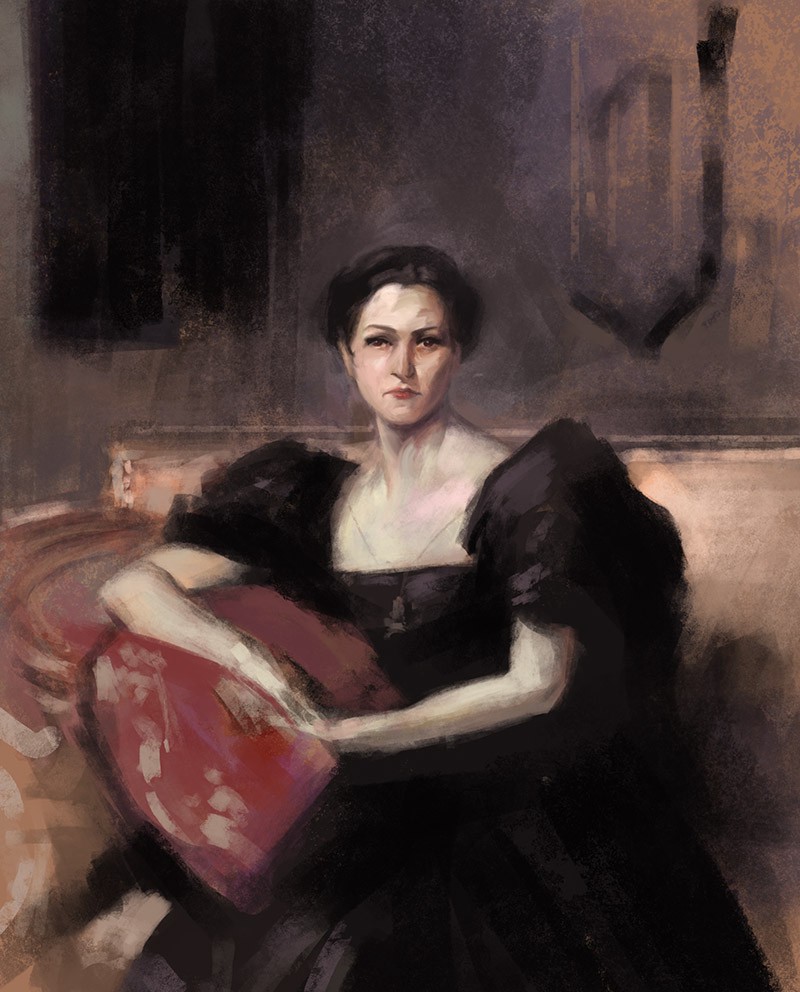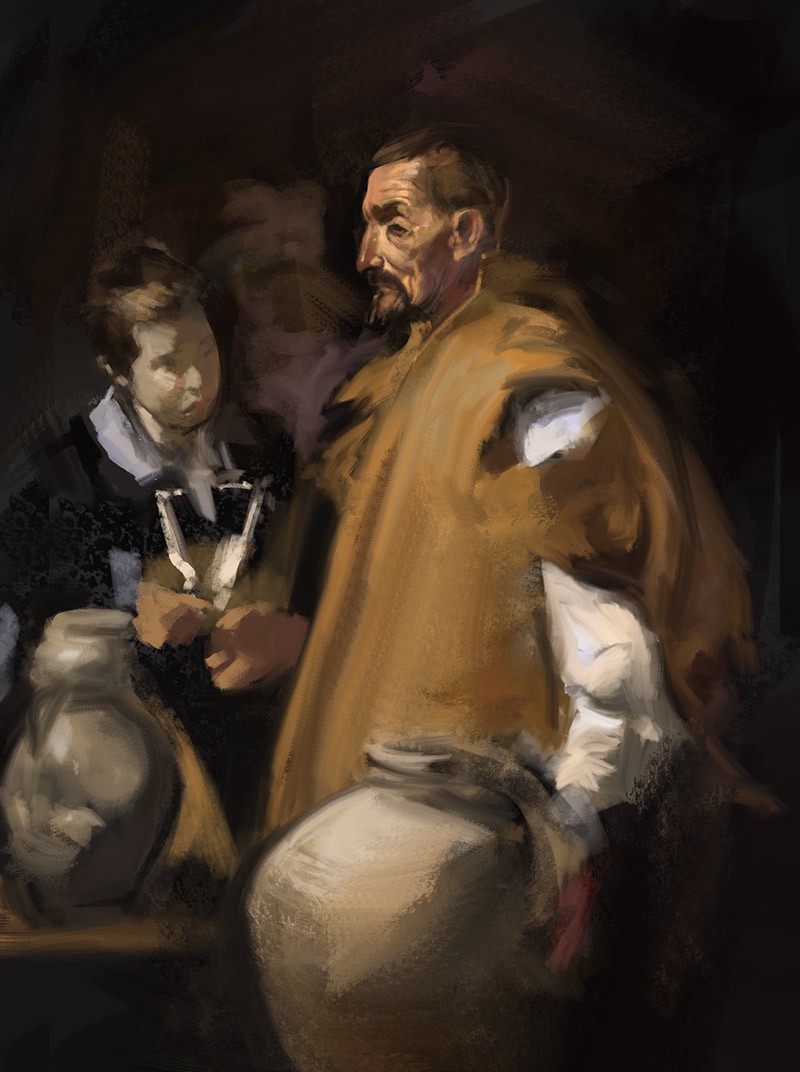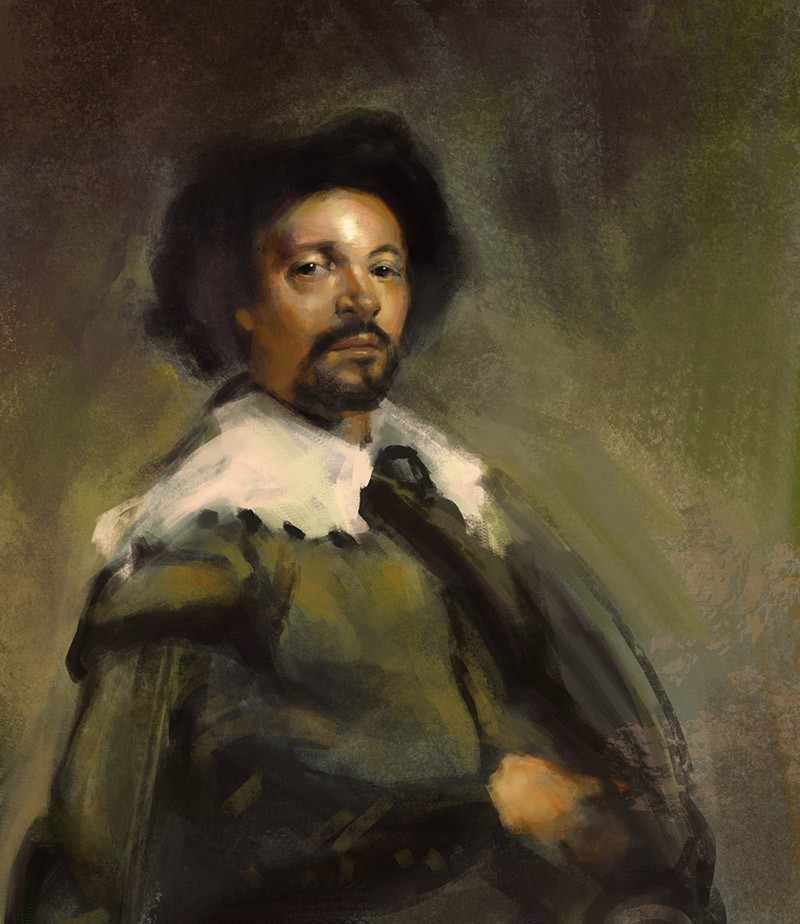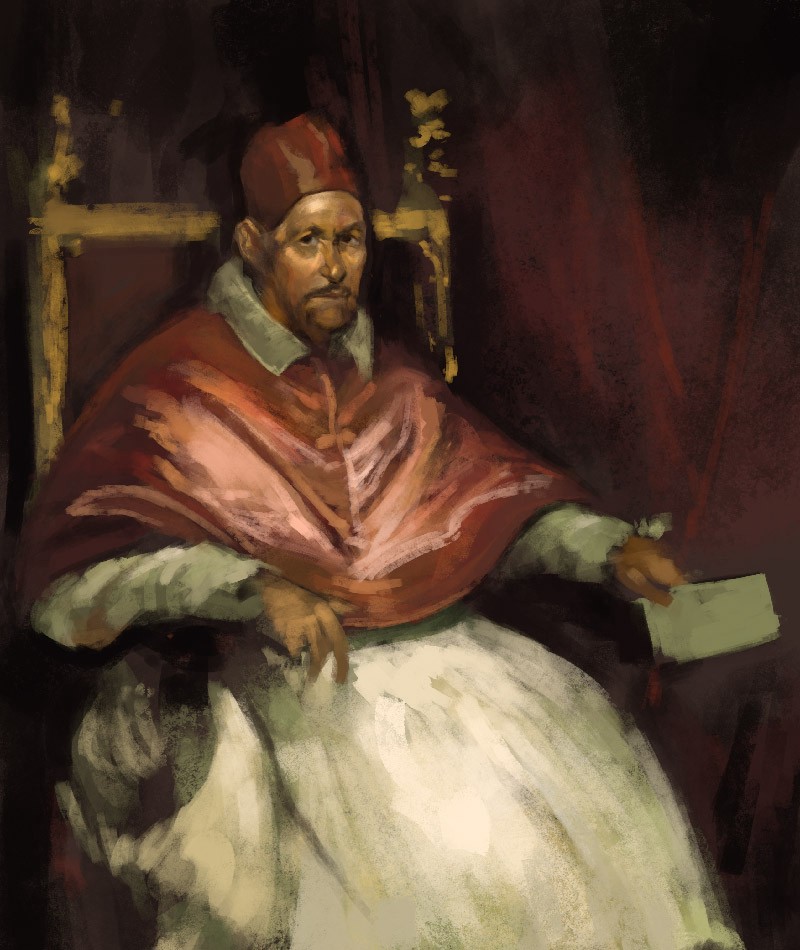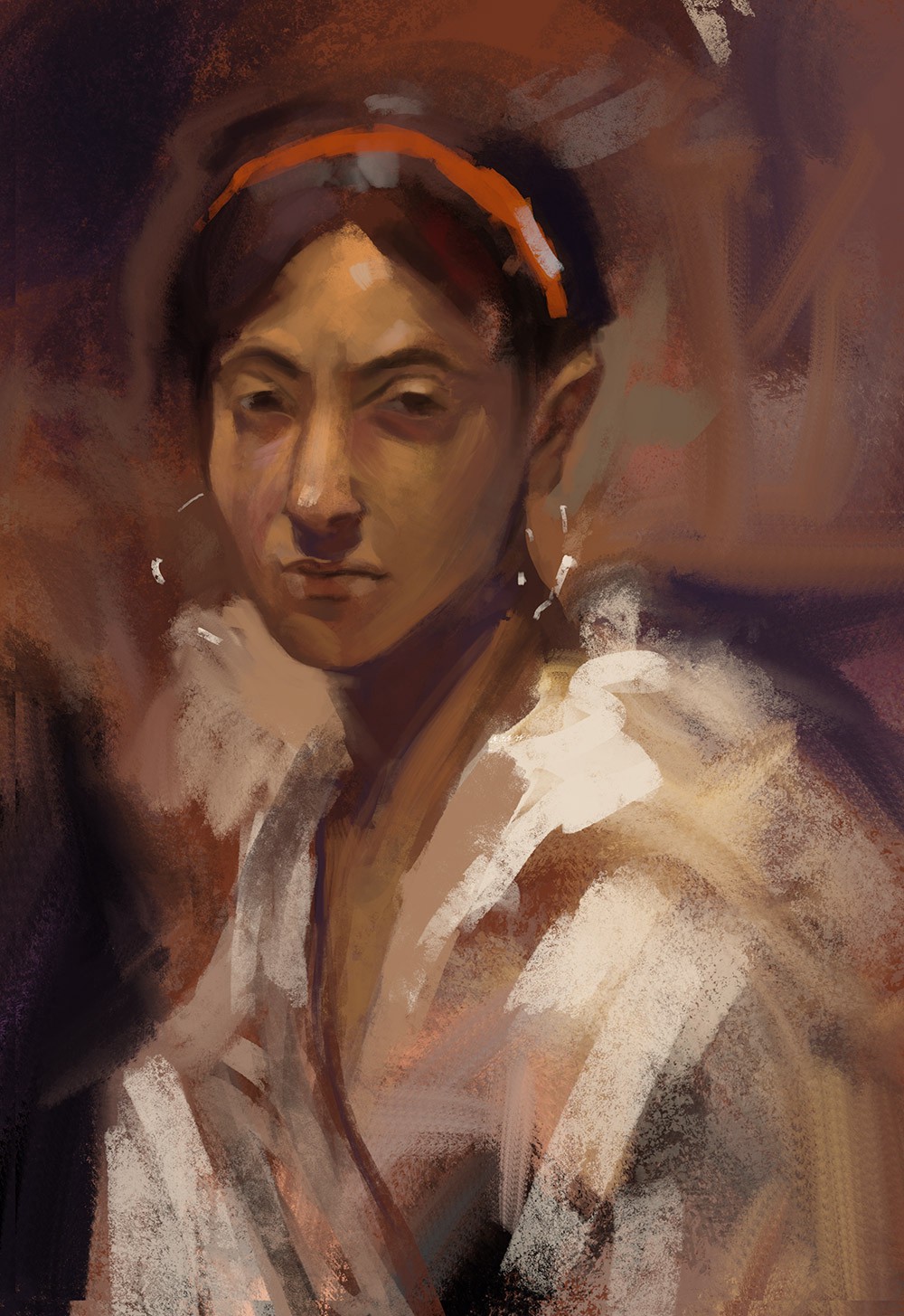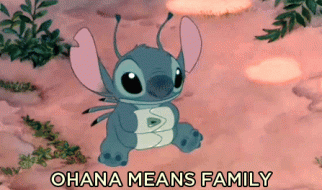(even if you?re terrible)
(and it?s ok if you are)
Let me get this out of the way, to shut up the insufferable talent-mongers of the internet: art is a skill. If you can learn to program or learn to read, you can probably learn to be halfway decent at art.
And if you?re already halfway decent, you can be better. This article is about both of those things. All it takes is 21 days. You probably have some paper & pencils/pens around you, so you have the required materials already.
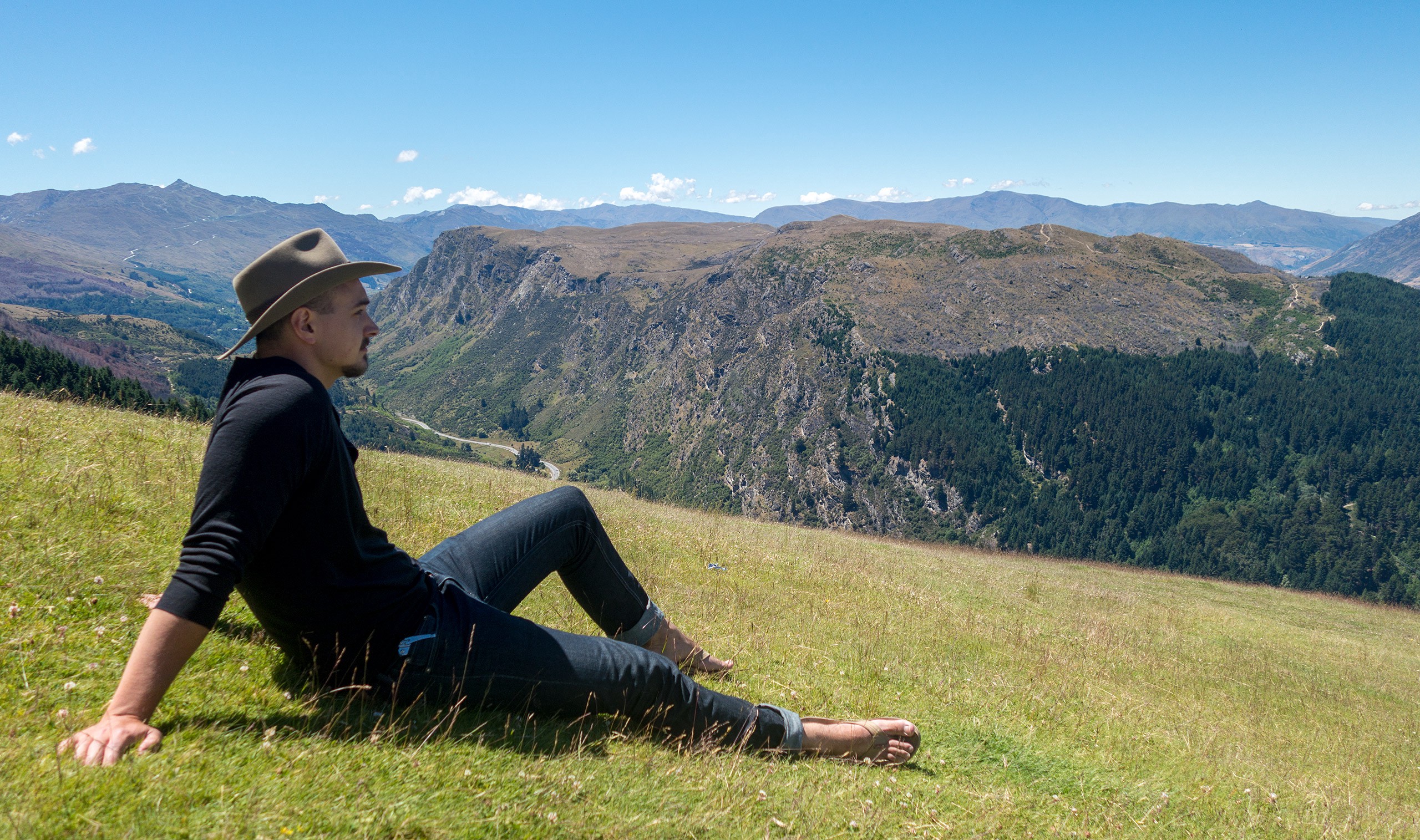 This is me. Not practicing.
This is me. Not practicing.
I?m really bad at practicing.
The conscious decision of practicing tends to mean that I don?t do it at all. But since I want to get better, I need to find ways to trick myself into studying my craft. Browsing reddit for a couple hours a day has not, in fact, made me a better artist (oh how I?ve tried).
So today we?re going to smoosh Tim Ferriss?s DiSSS method and a healthy dose of The Power of Habit (and a pinch of Josh Kaufman?s TEDx talk) and give you a path to being a better artist.
What you?re going to do for 21 days
The magical answer to the great question of ?how to become an artist?
 I drew this tree.
I drew this tree.
So what?s the plan? Well, you?re going to practice art.
No, really, you?re going to practice.
But (of course) there?s more to it. First of all, you?re going to do it for an hour a day for 21 days straight (no, you do not get weekends off, slacker). Every day. No breaks. No days off. No sick days. No cheat days. Nope. Also no sorta-kinda-practicing. This hour is for art and art only. This is not an hour for you to doodle on a piece of paper and call it practicing. Because that?s not practicing.
If you try to do this, you?re going to fail. You?d probably make it a few days if you?re disciplined. A week if you?re nuts. But if you want to do it the whole three weeks, you?re going to need to trick yourself.
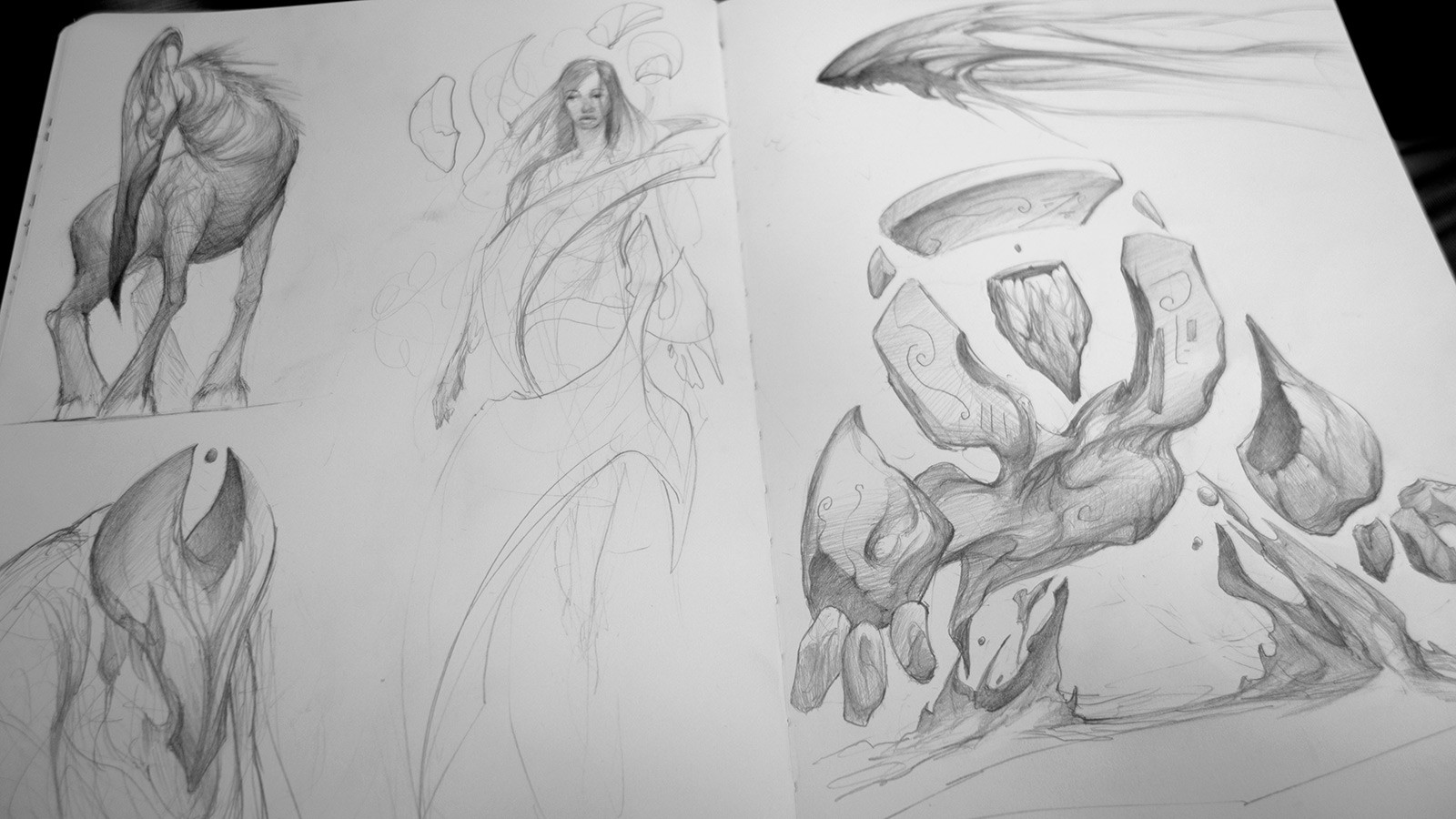 This has nothing to do with forming a habit. It?s just a couple of my sketchbook pages.
This has nothing to do with forming a habit. It?s just a couple of my sketchbook pages.
It?s time to make a habit.
Habits are stupid and awesome. They?re obnoxious because we tend to have a lot of bad ones and they?re awesome because we don?t have to figure out exactly how we want to brush our teeth each day.
Charles Duhigg?s The Power of Habit suggests that habits are actually incredibly simple to understand. There are just three steps. Cue, Routine, Reward.
So let?s fill in the blanks. Obviously, our Routine will be practicing art (we?ll get to how to practice in a bit). One down.
Our cue really depends on? you. It could be when you first wake up in the morning. When you have your first cup of coffee for the day. When you listen to a certain album. When you first sit down at your desk.
Let?s say it?s that last one. Every day, you?re going to sit down at your desk, and your materials for your studies will be waiting for you. Your paper will be clean, your pencil will be sharpened, your reference will be prepared. You?ve set up your Cue to practice.
Last up: Reward! This is a fun one. Find a way to kick your dopamine into gear and have some happy fun times. I personally get a kick out of sharing what I?ve just made, even if it?s just a quick study. It?s probably for the same reason that when we were kids we all showed our mom what we had just drawn. The internet is the new fridge to put your art on.
For a while I was doing studies when I first got hungry in the morning. Breakfast was my Reward, hunger was my Cue.
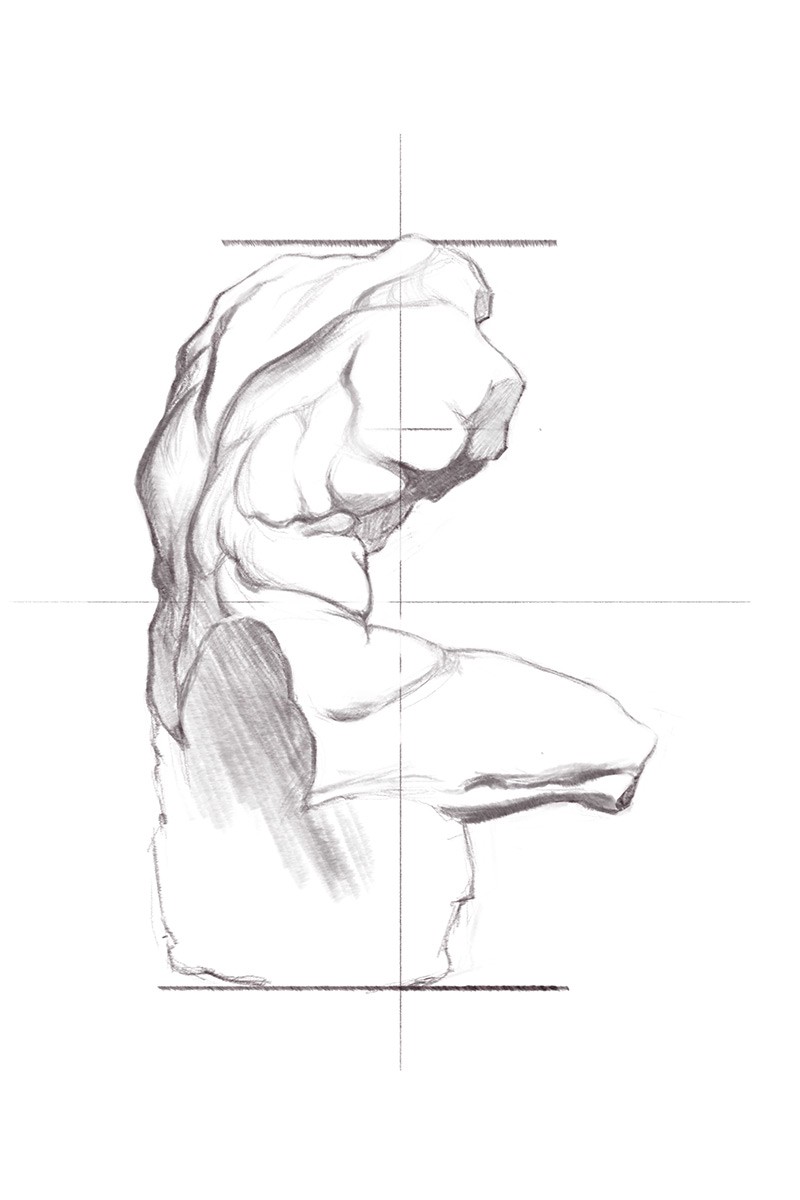 This is a Bargue copy. It?s a fairly simple way to learn to draw. The video I linked demonstrates how I drew this.
This is a Bargue copy. It?s a fairly simple way to learn to draw. The video I linked demonstrates how I drew this.
This is how you practice art
Let me deconstruct art for you. Taking the 80/20 rule to art, the most important thing you can learn is being able to look at something and recreate it on paper. That?s the first and foremost skill you should learn in art. It can take years upon years to master, but you can pick up the basics pretty quickly. Here?s a video that teaches you a lot of those fundamentals of drawing.
(Disclaimer: this and the next video are done entirely in Photoshop. But these lessons don?t require expensive tools or being familiar with fancy, overpriced software. These exact same exercises can be done on paper with a pencil. And it?s probably better to do it that way, besides.)
If you?re more of a book person and have never drawn before in your life, Drawing on the Right Side of the Brain has some great exercises. The science is, of course, utter nonsense. But the exercises are great.
Cool? Seems pretty simple right? Looking at something, drawing some guidelines, measuring things, comparing things? Well ta-da, you?re an artist! If you spend the next 21 days working on just that, I promise you that you will be a better artist.
 These are master studies, done after landscape painters who are better than me. Click on that link over there to watch me do these (and more).
These are master studies, done after landscape painters who are better than me. Click on that link over there to watch me do these (and more).
Want to go further? Well, the next best exercise for artists is stealing!
We call them ?master studies? and they?re basically where you take a drawing or painting by a dead guy and do your best to recreate it (just like you were doing above). Here?s a video explaining everything you could ever want to know about master studies.
Now don?t get me wrong. There are many other excercises that are great practice (self portraits are a personal, vain favorite). But these two will get you very, very far. Whether you?re just starting or you?ve been doing art for a decade or two.
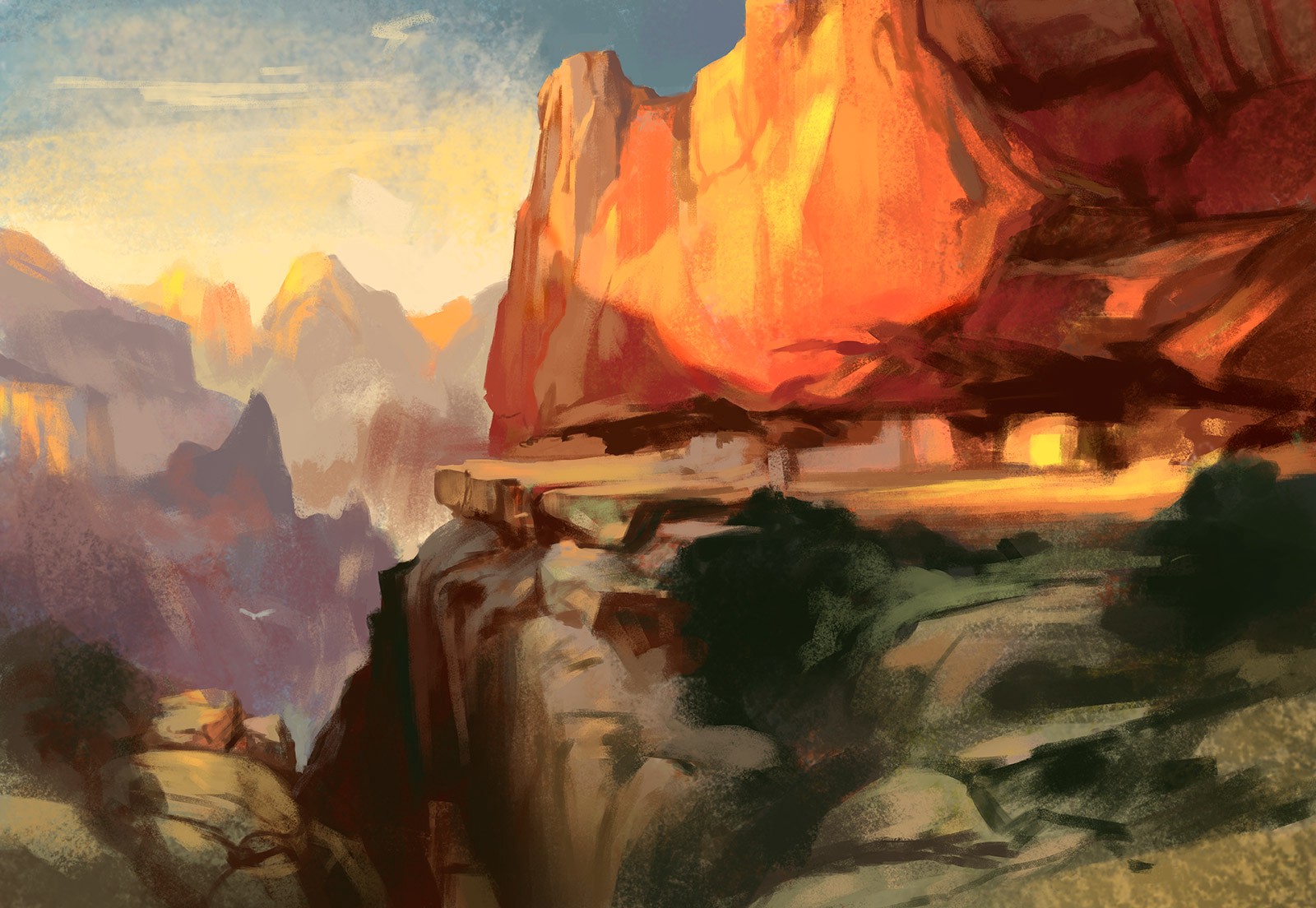 Another, longer, master study. If you recognize it, it?s probably because it was on my ?Don?t go to art school? article that made art schools love me so much.
Another, longer, master study. If you recognize it, it?s probably because it was on my ?Don?t go to art school? article that made art schools love me so much.
#21days
The last step is fun and maybe a little scary. Public accountability! For many of us, we need the fear of shame and failure to encourage us to make the first steps in doing something.
So tell all of your friends that you?re doing this. Everyone online. Everyone on Twitter and Facebook (and maybe even real life if that isn?t too scary).
I?ll start: I?m going to take the next 21 days to practice.
I hope you?ll join me.
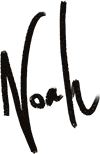
Addendum: the results
So I did my 21 days. Every single day, a new master study. Here are some of the studies I did during that time.
